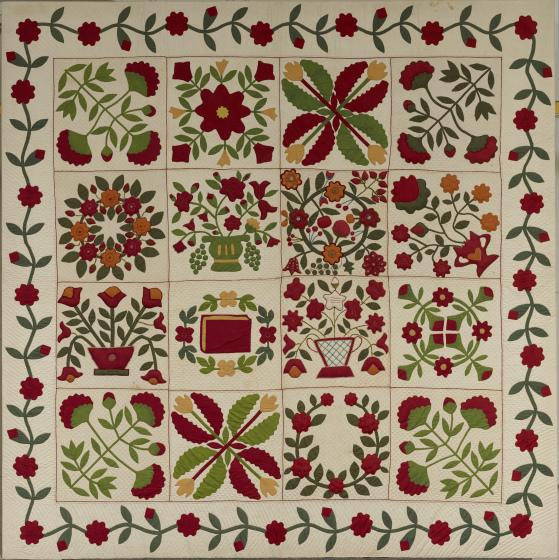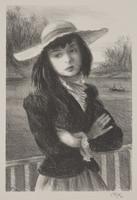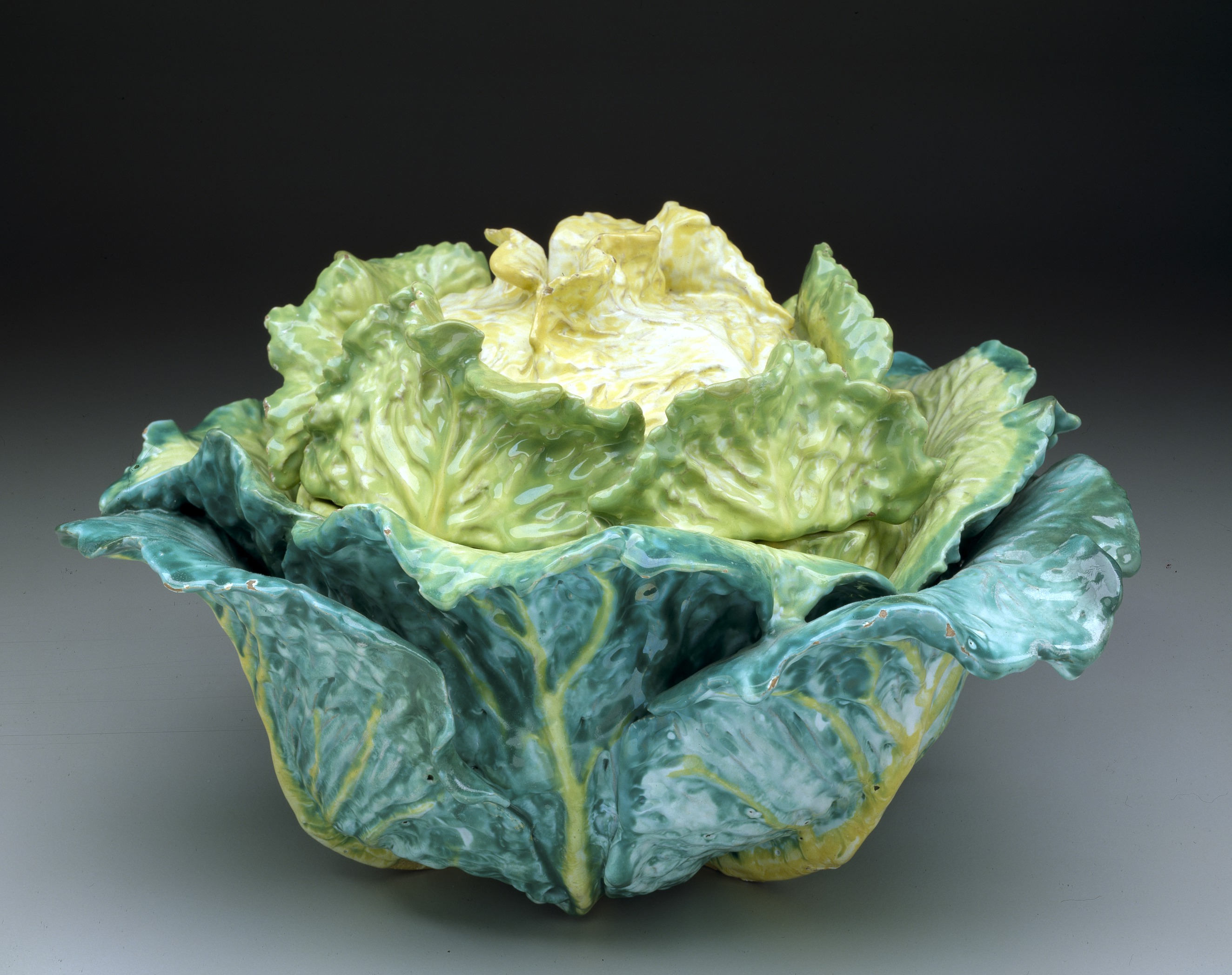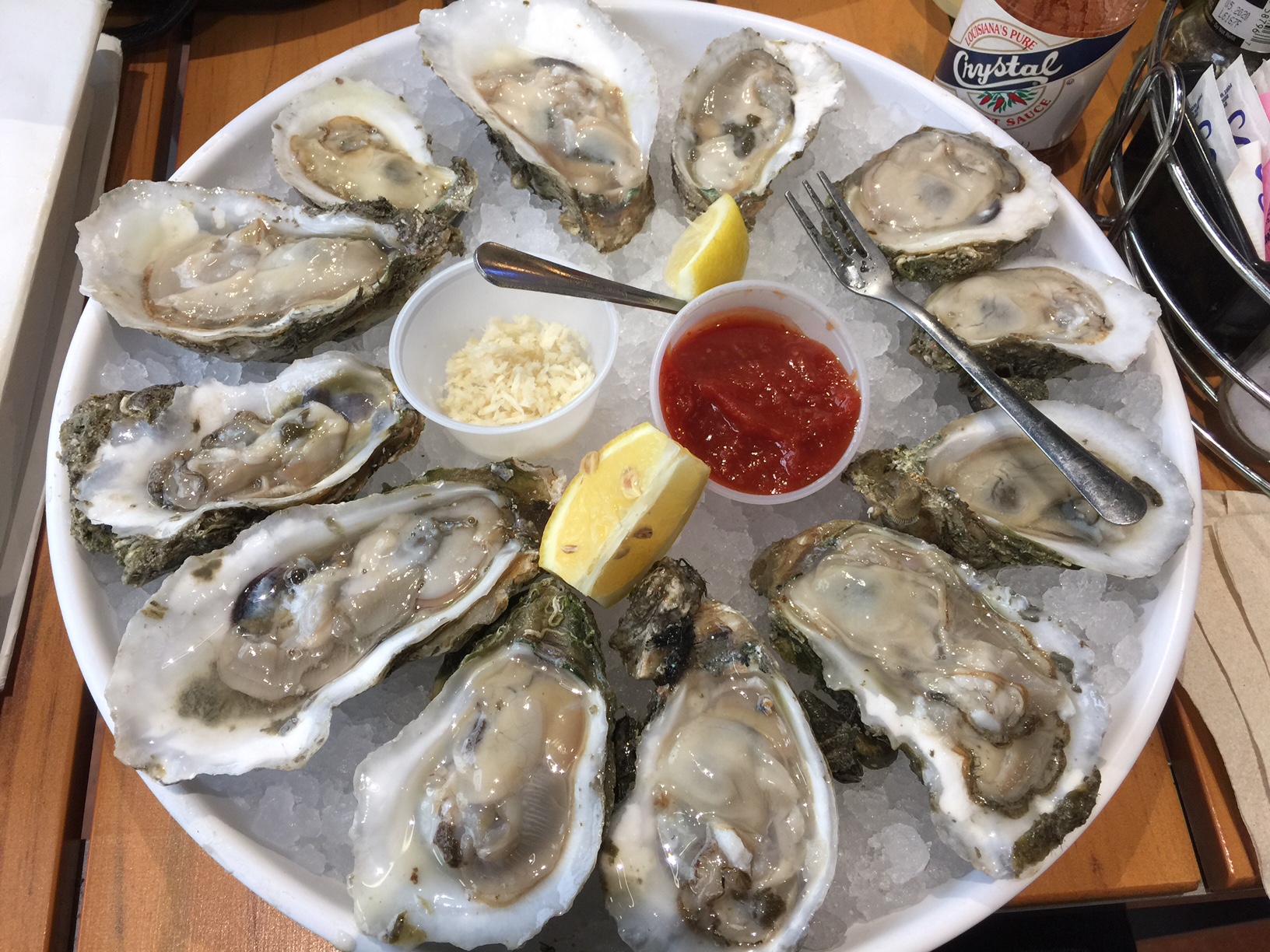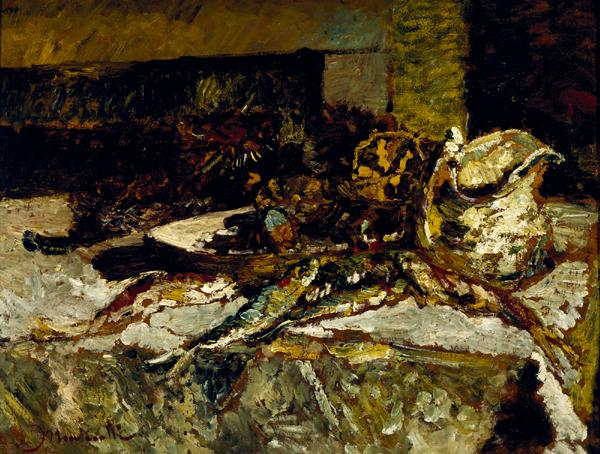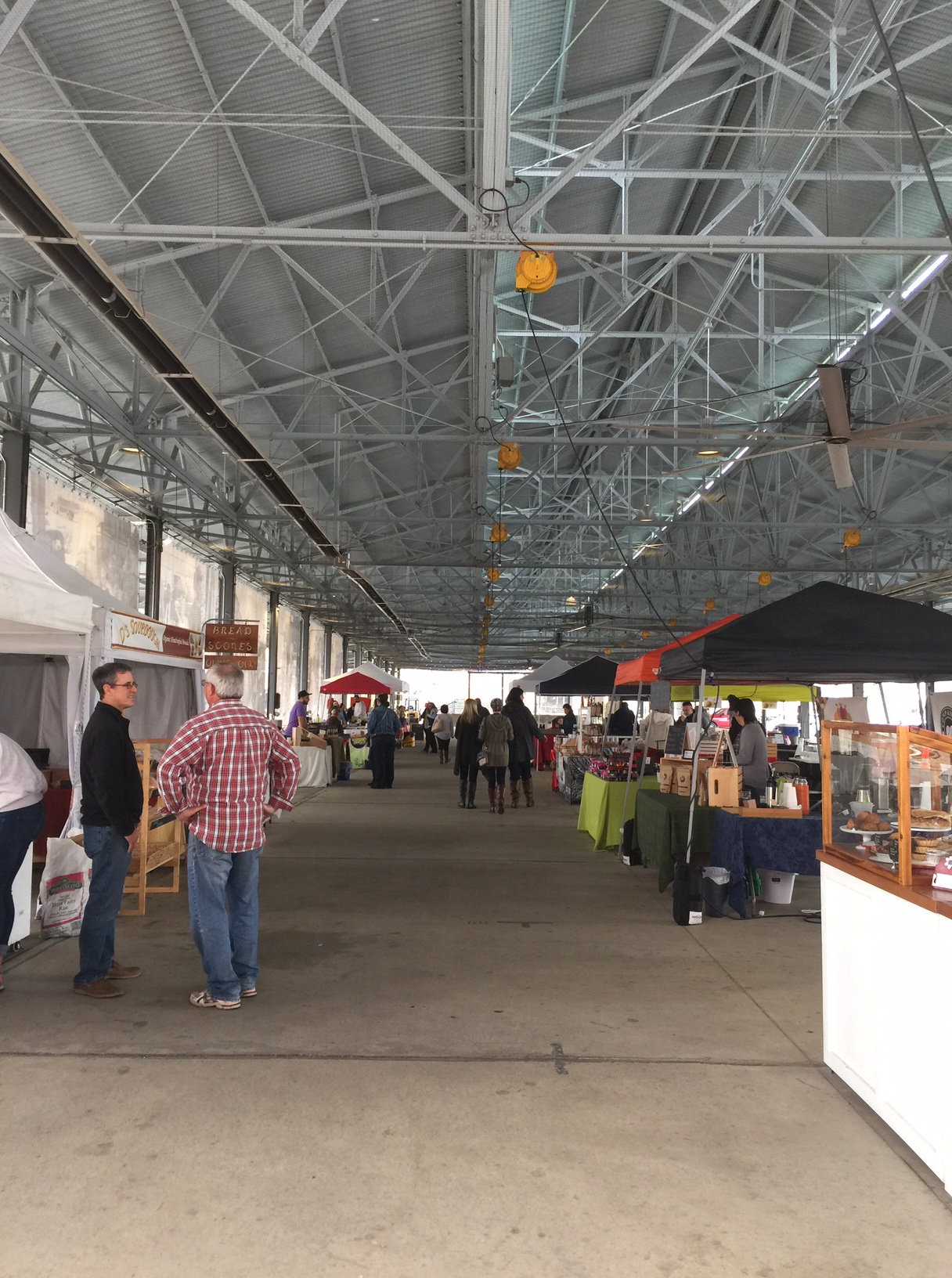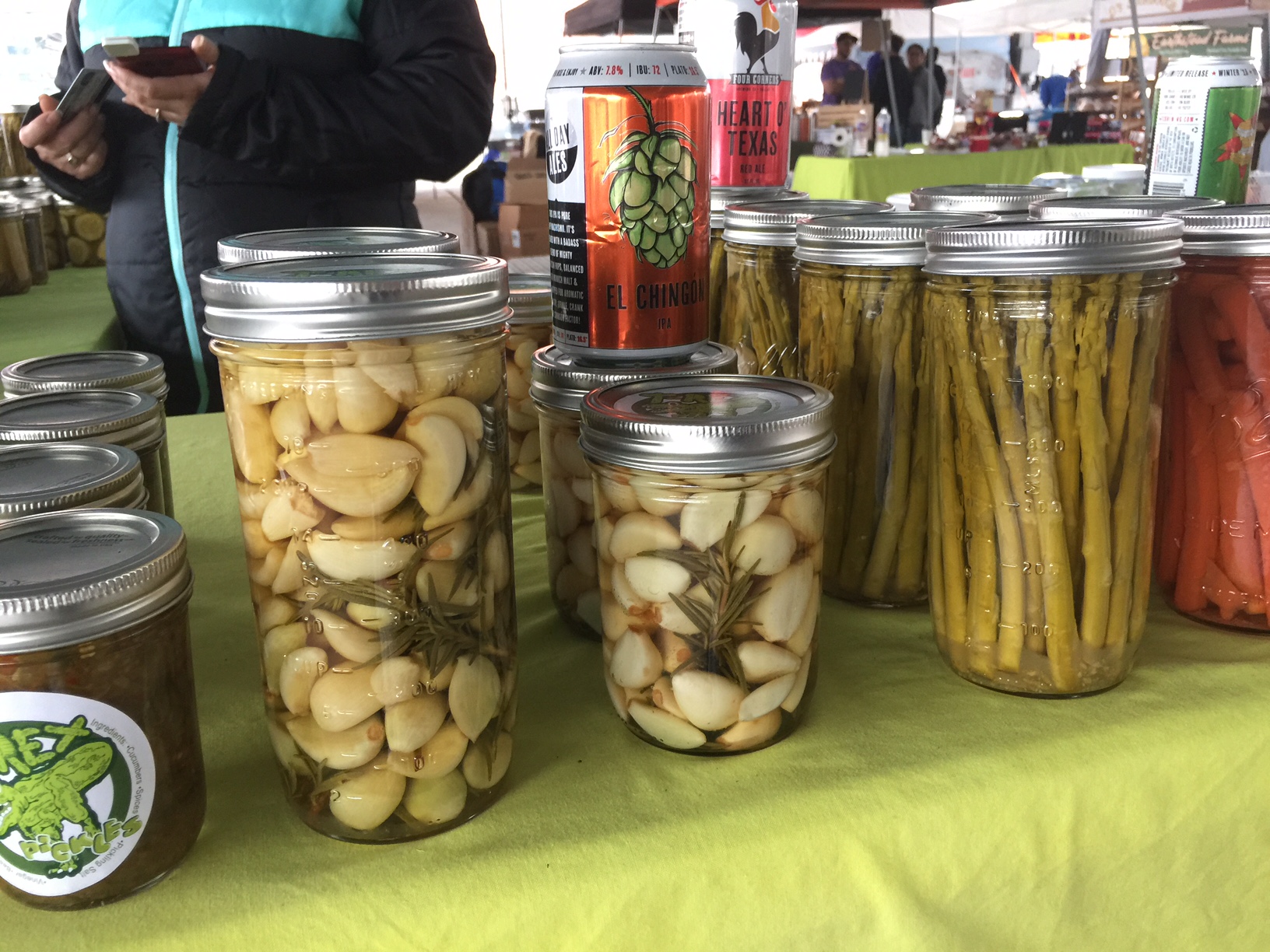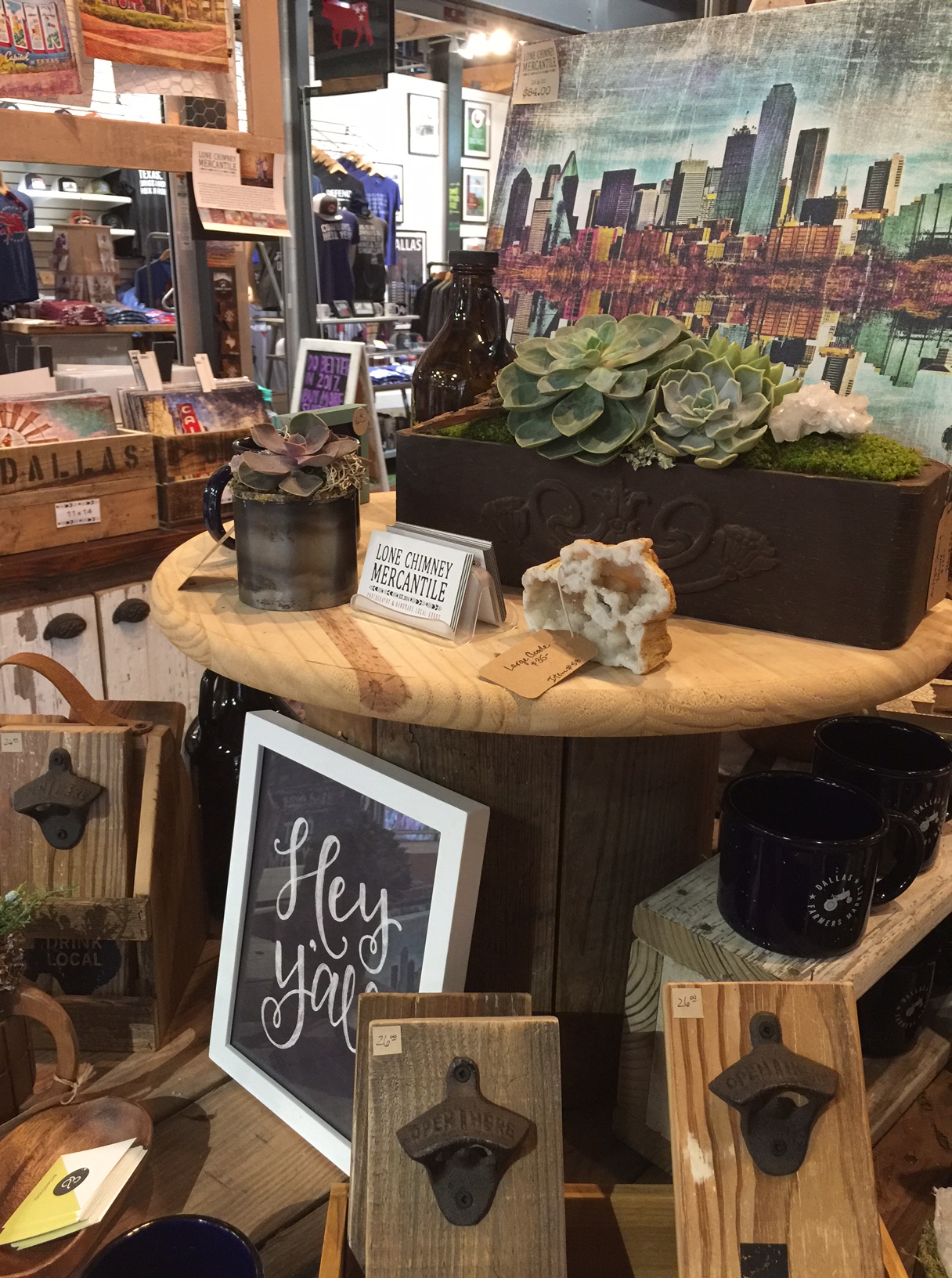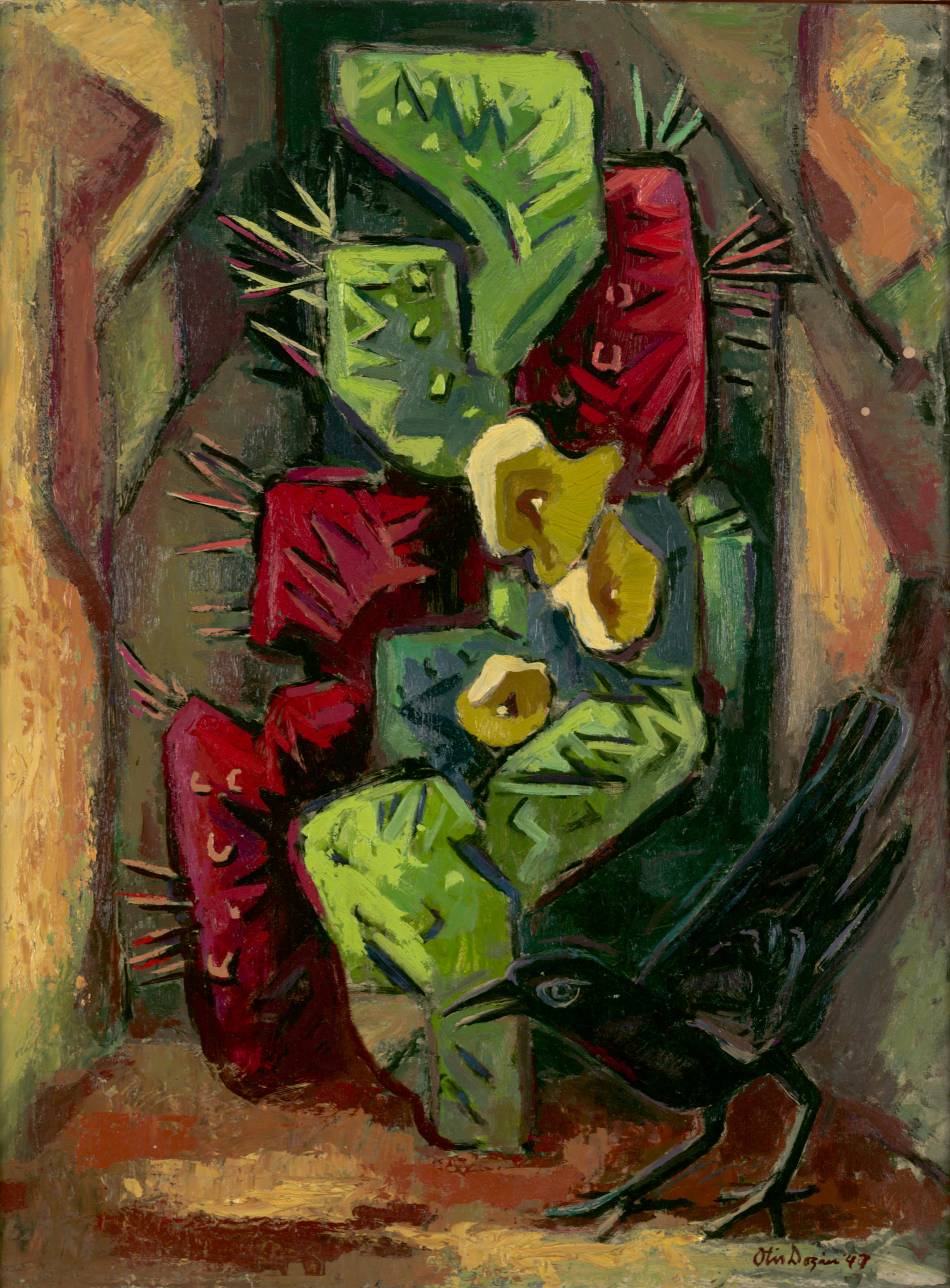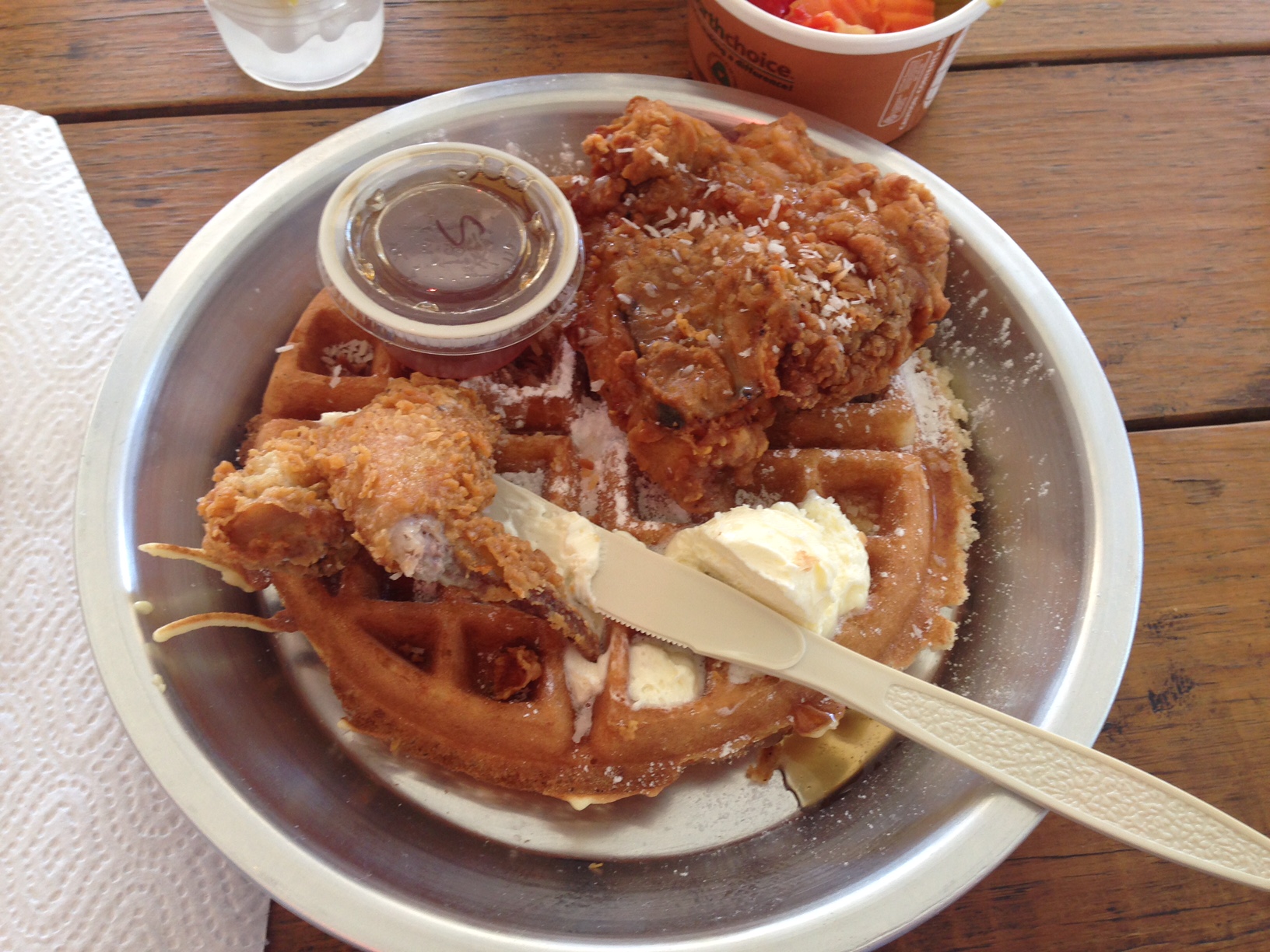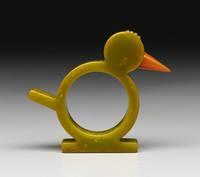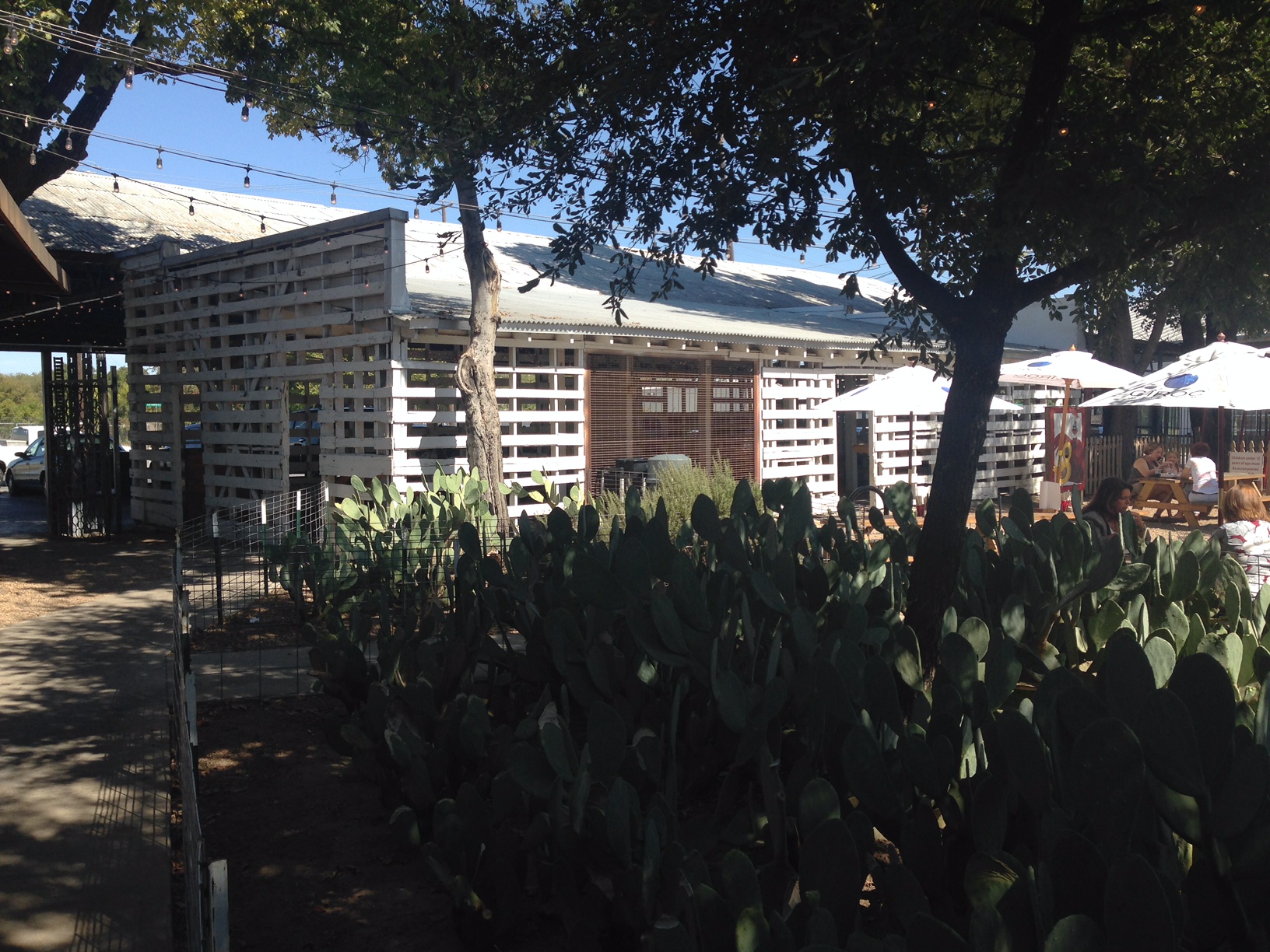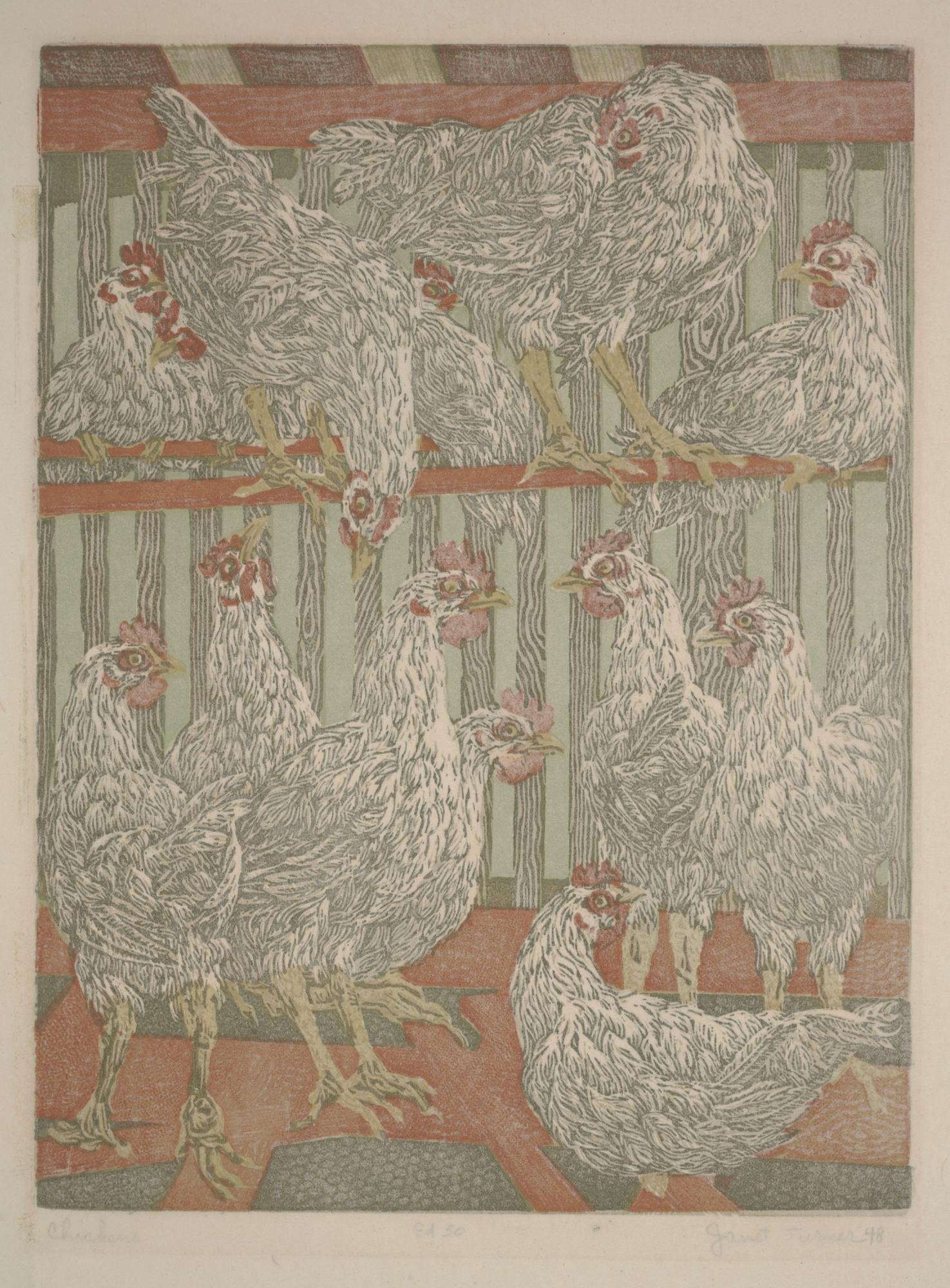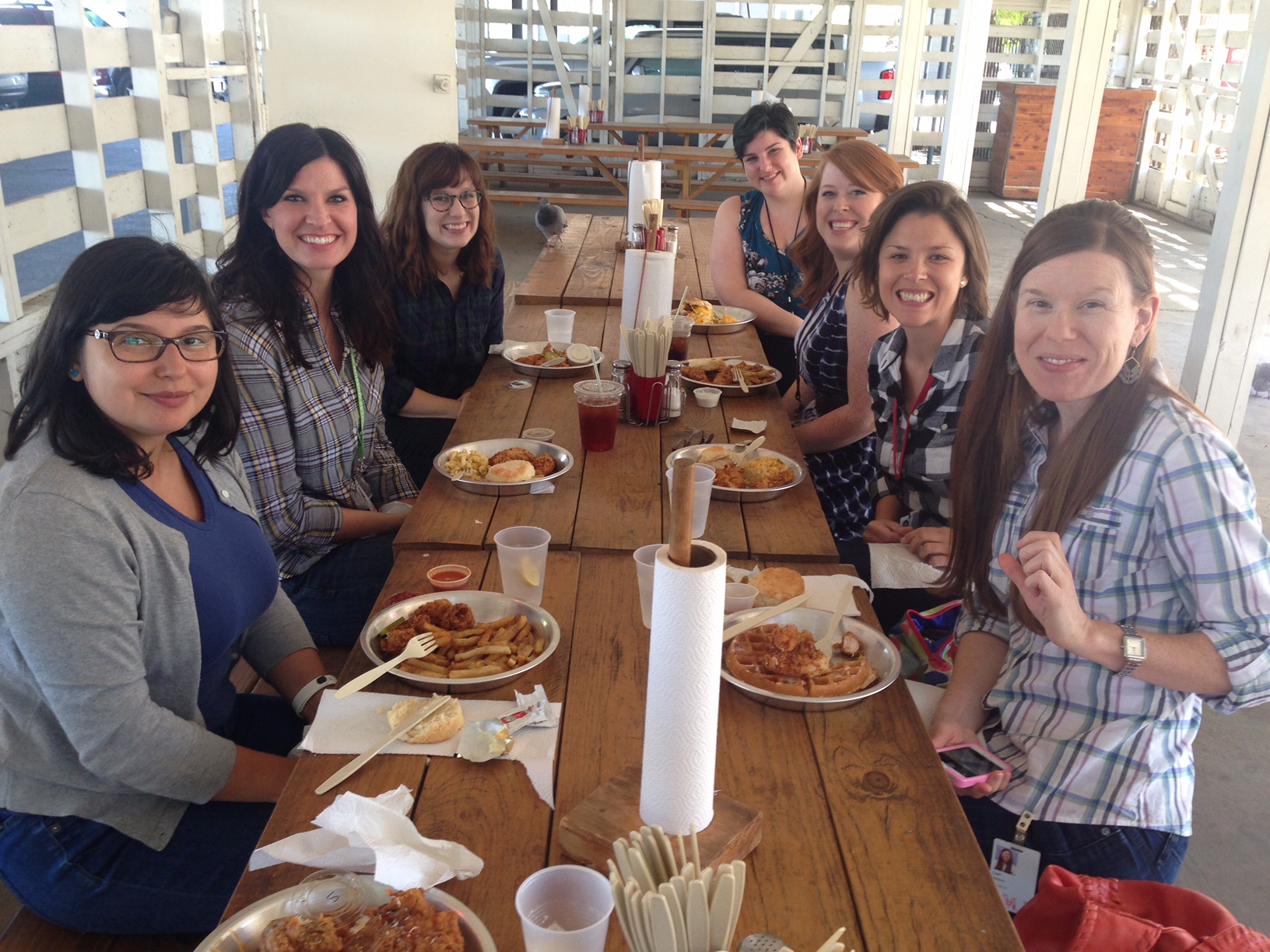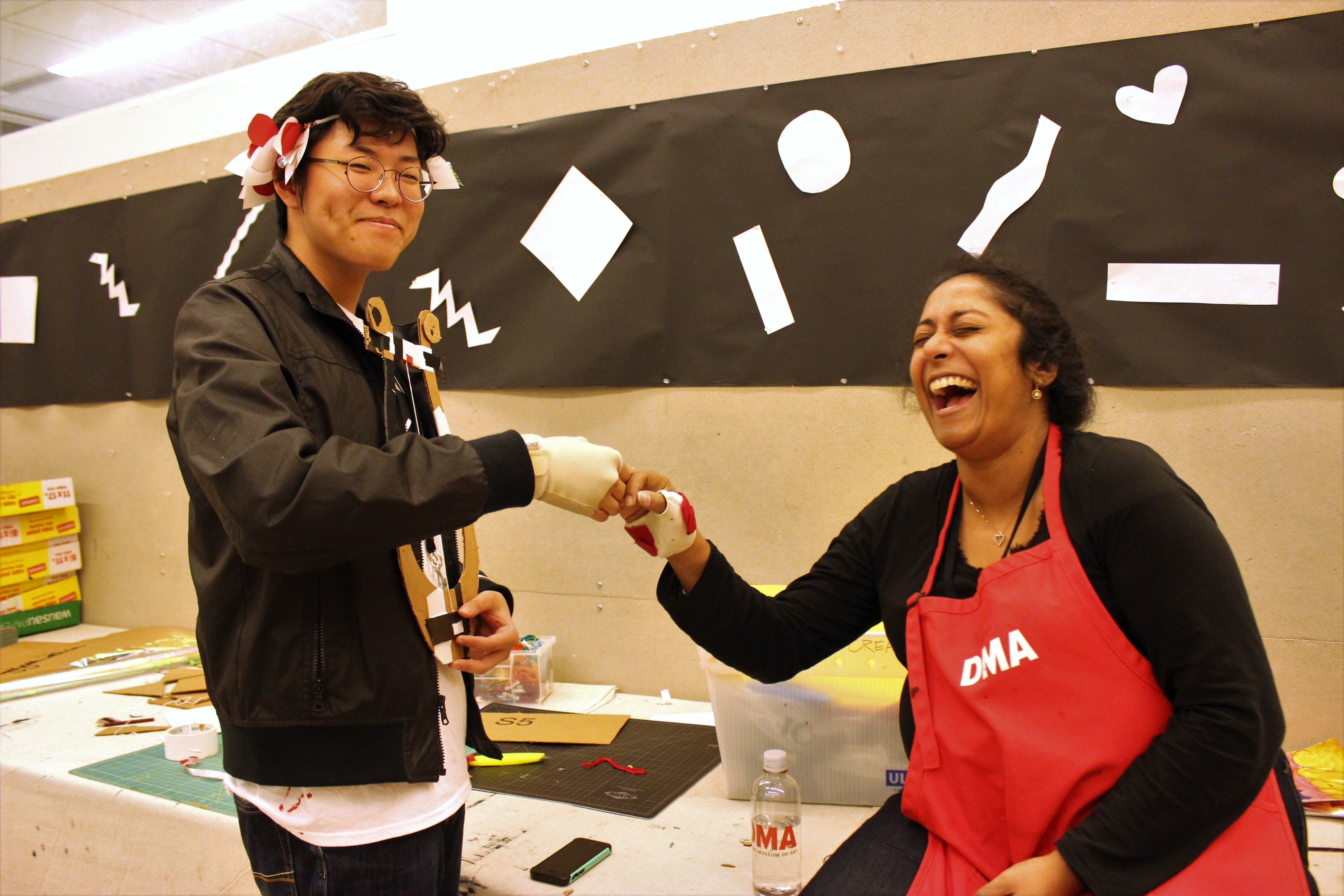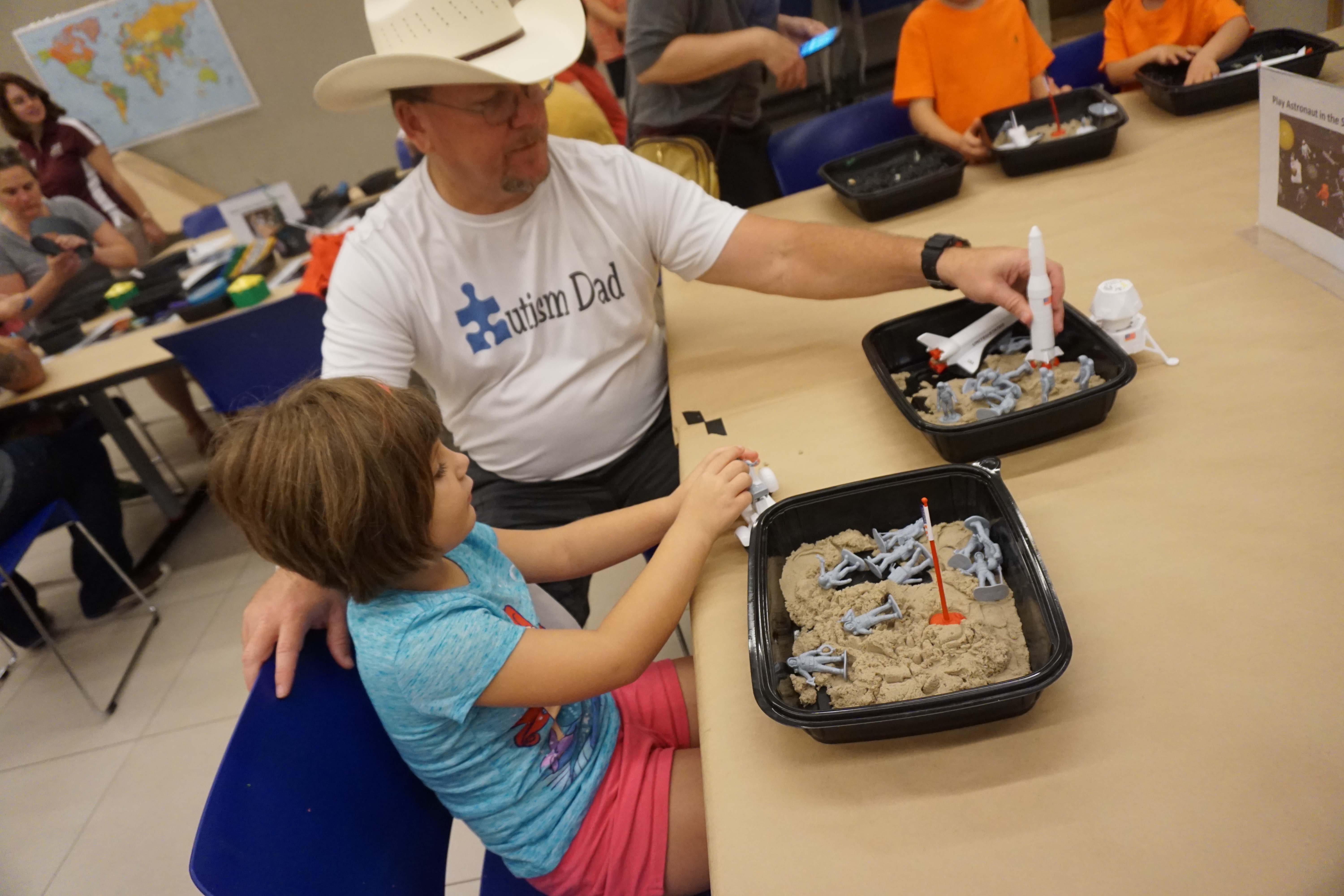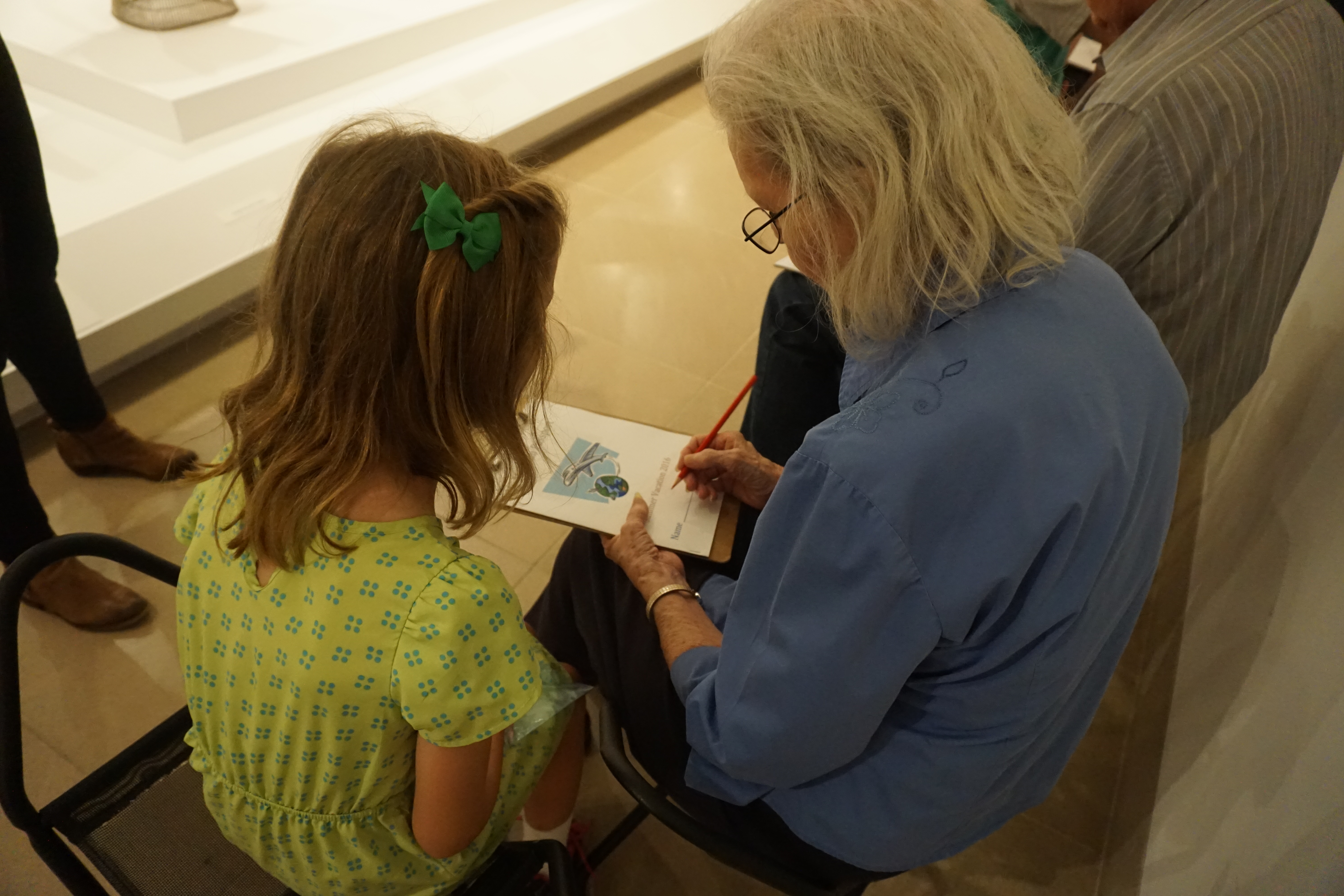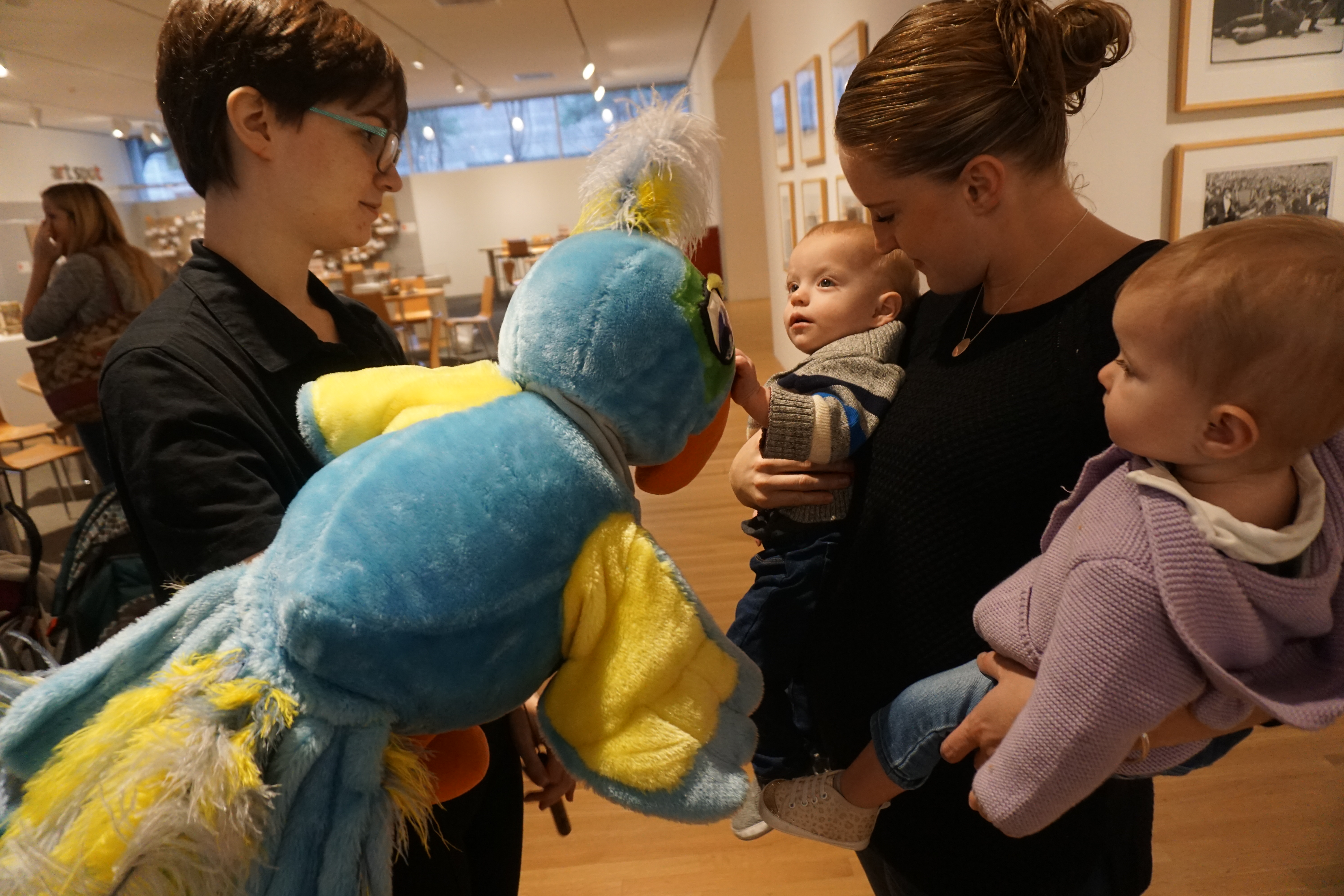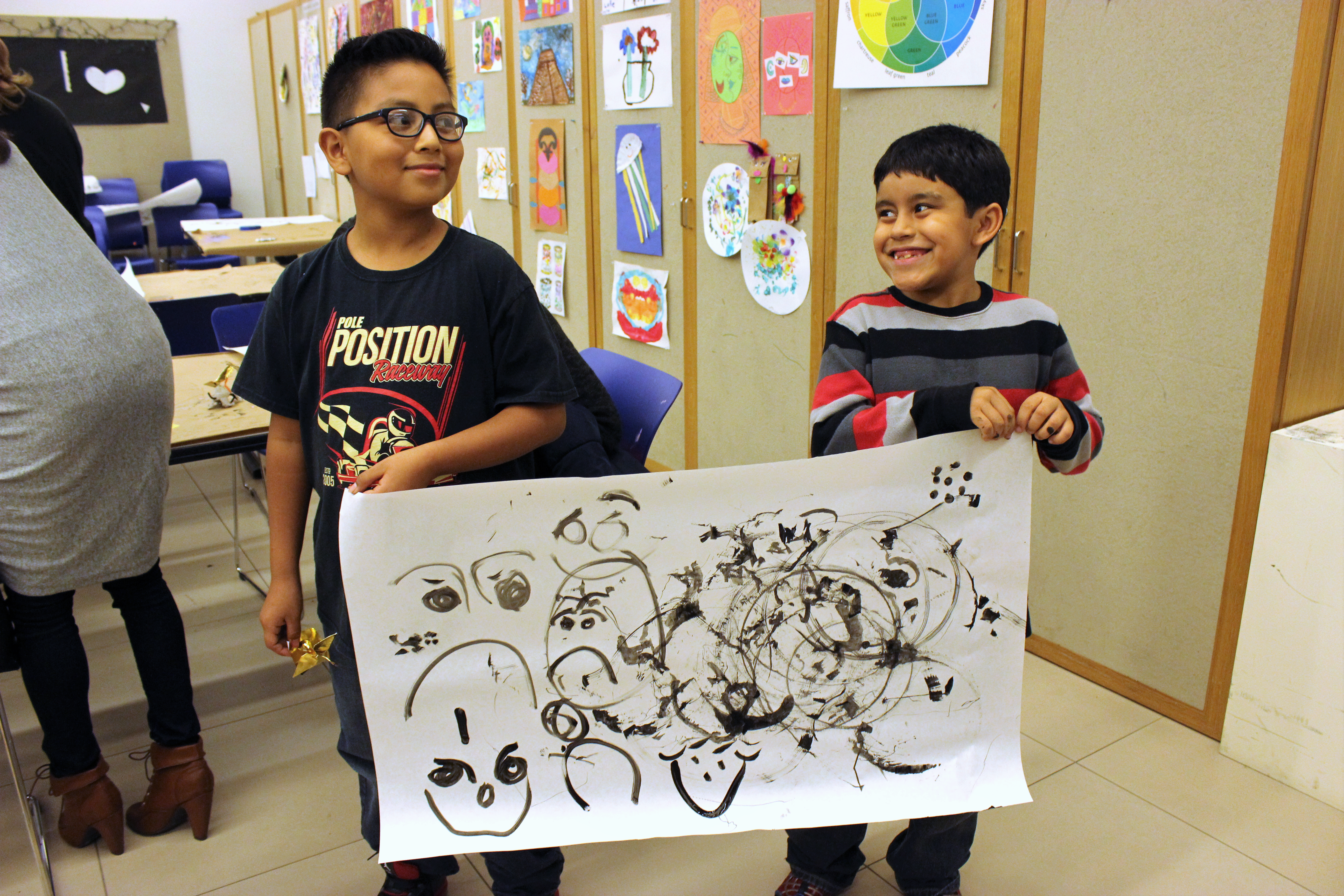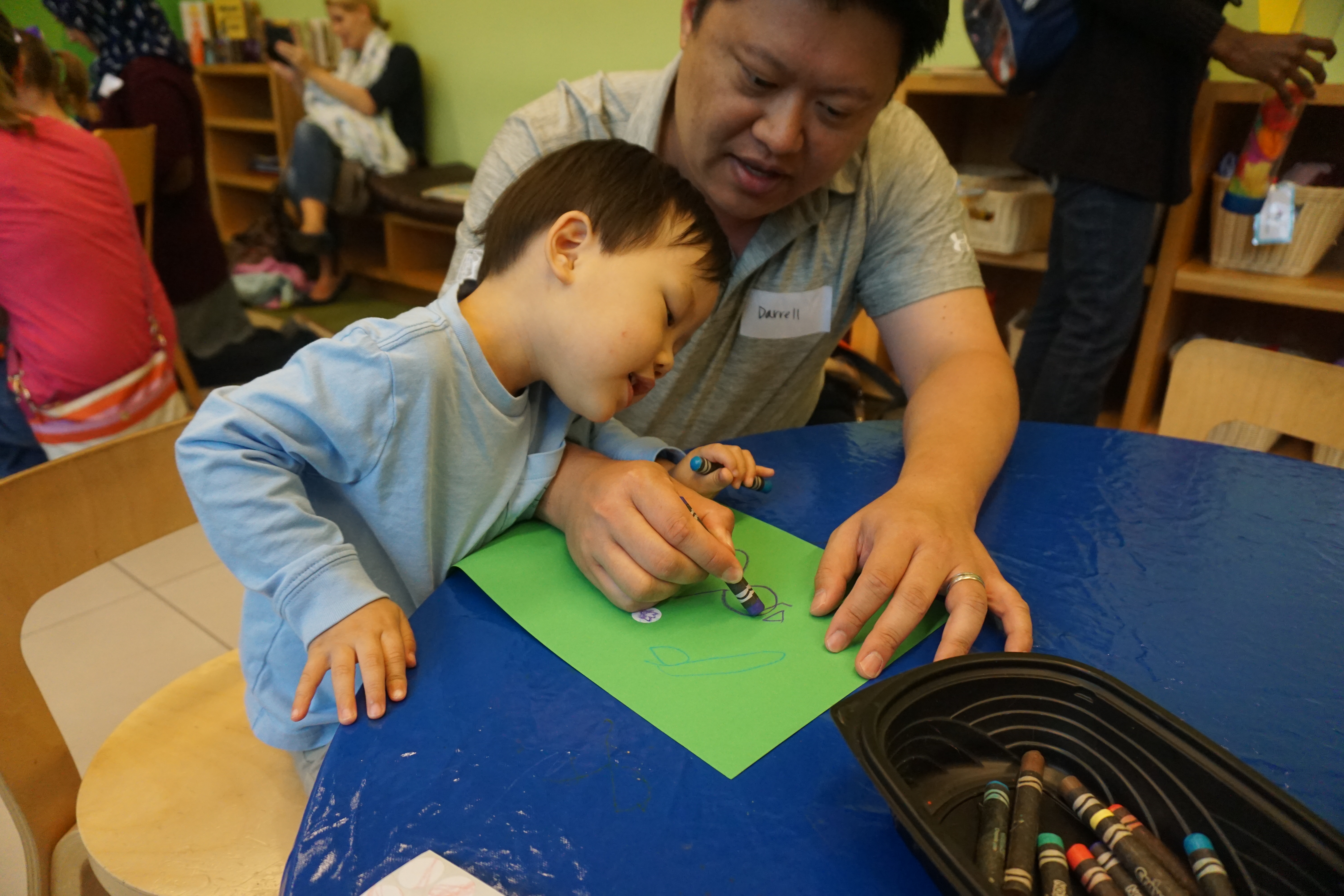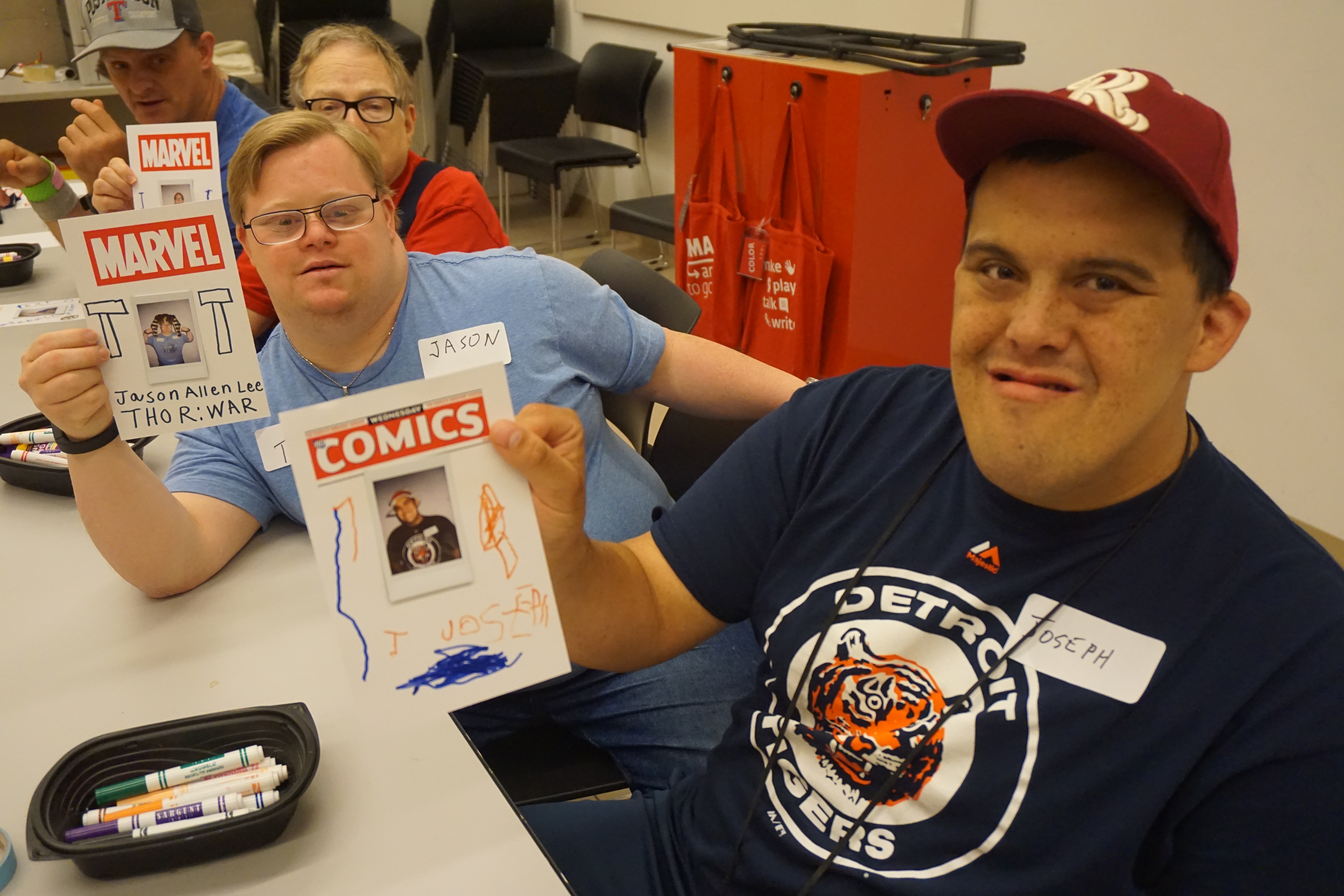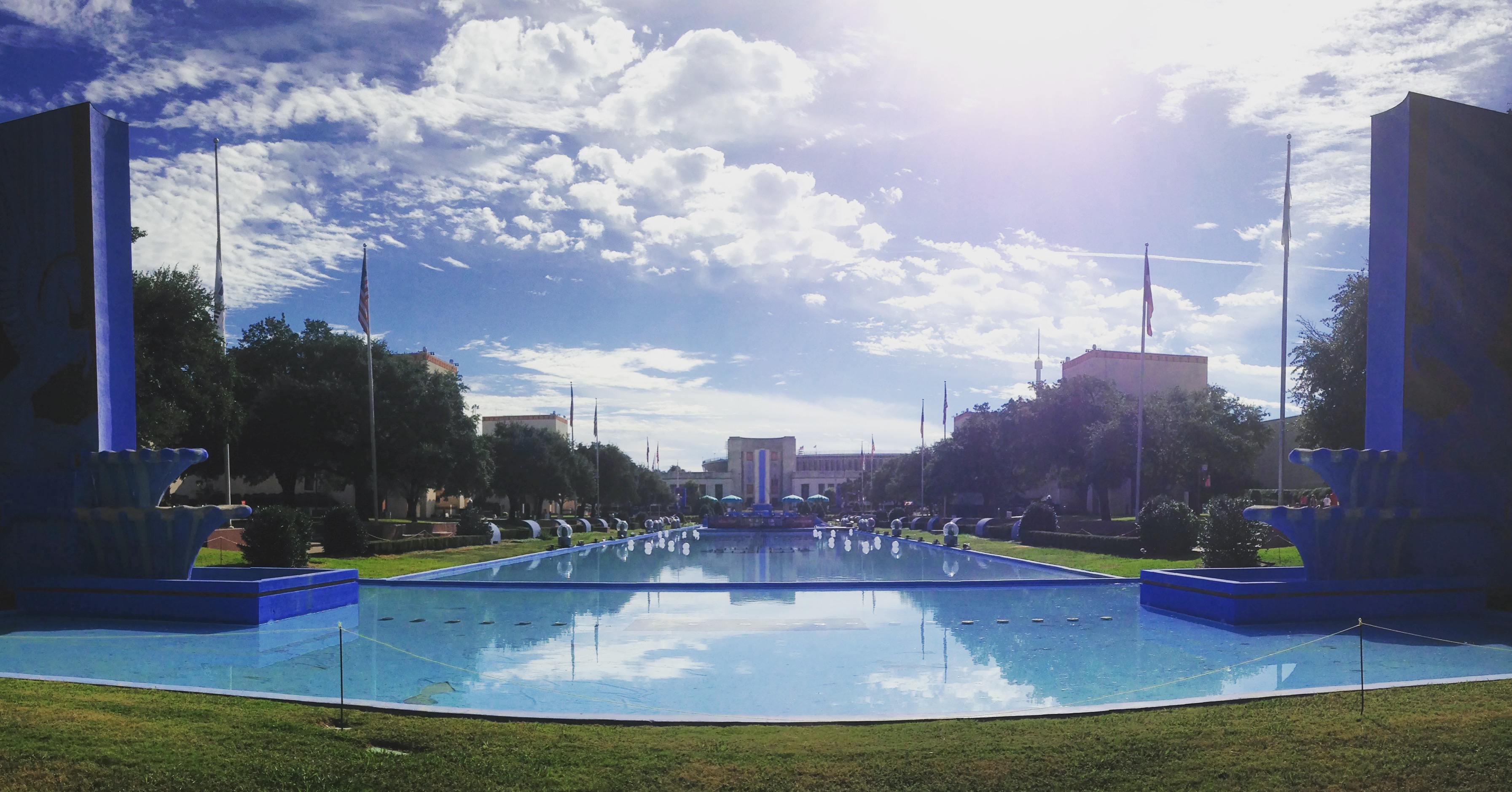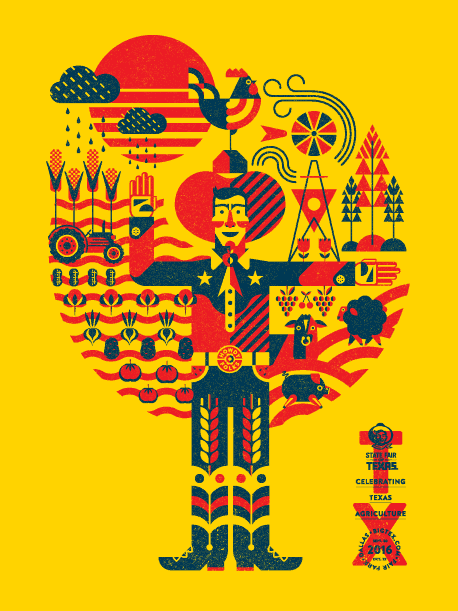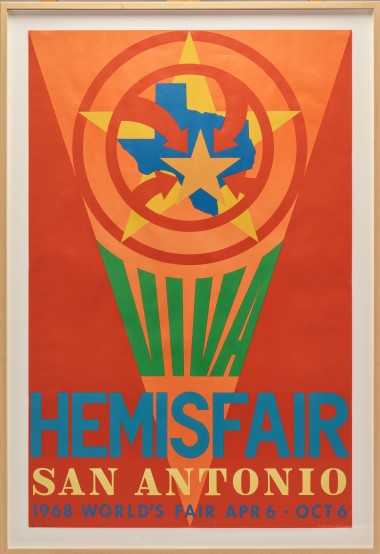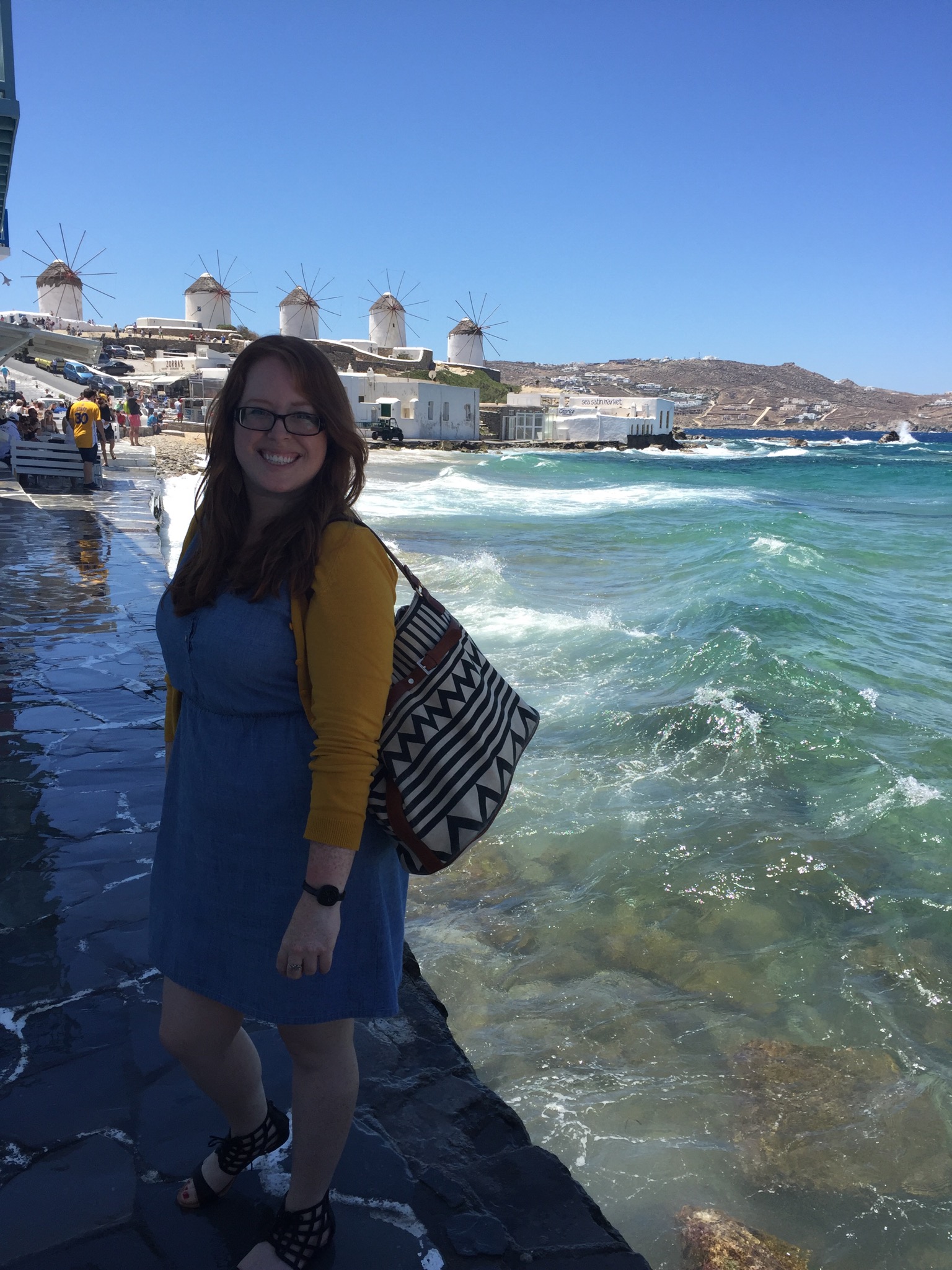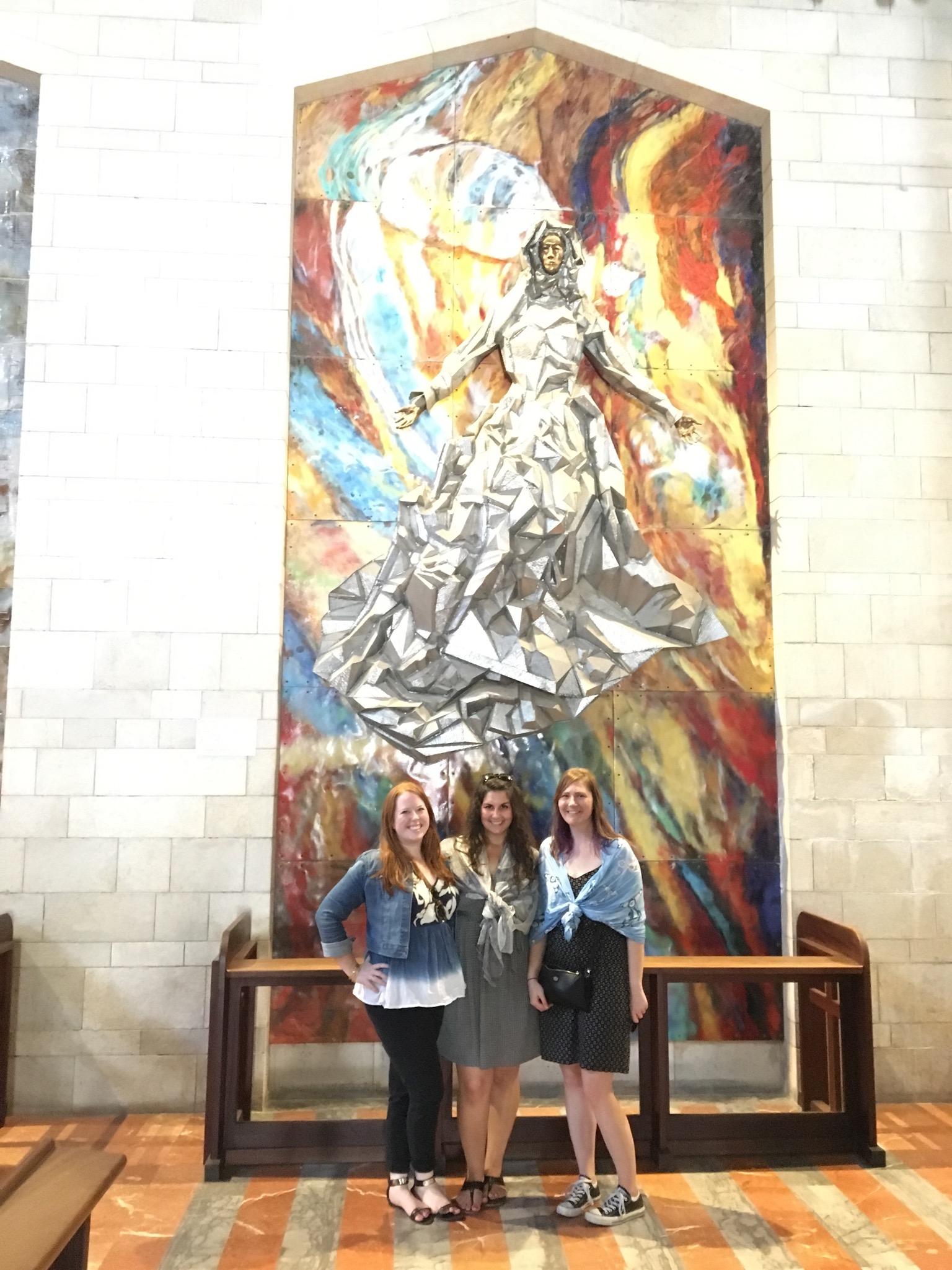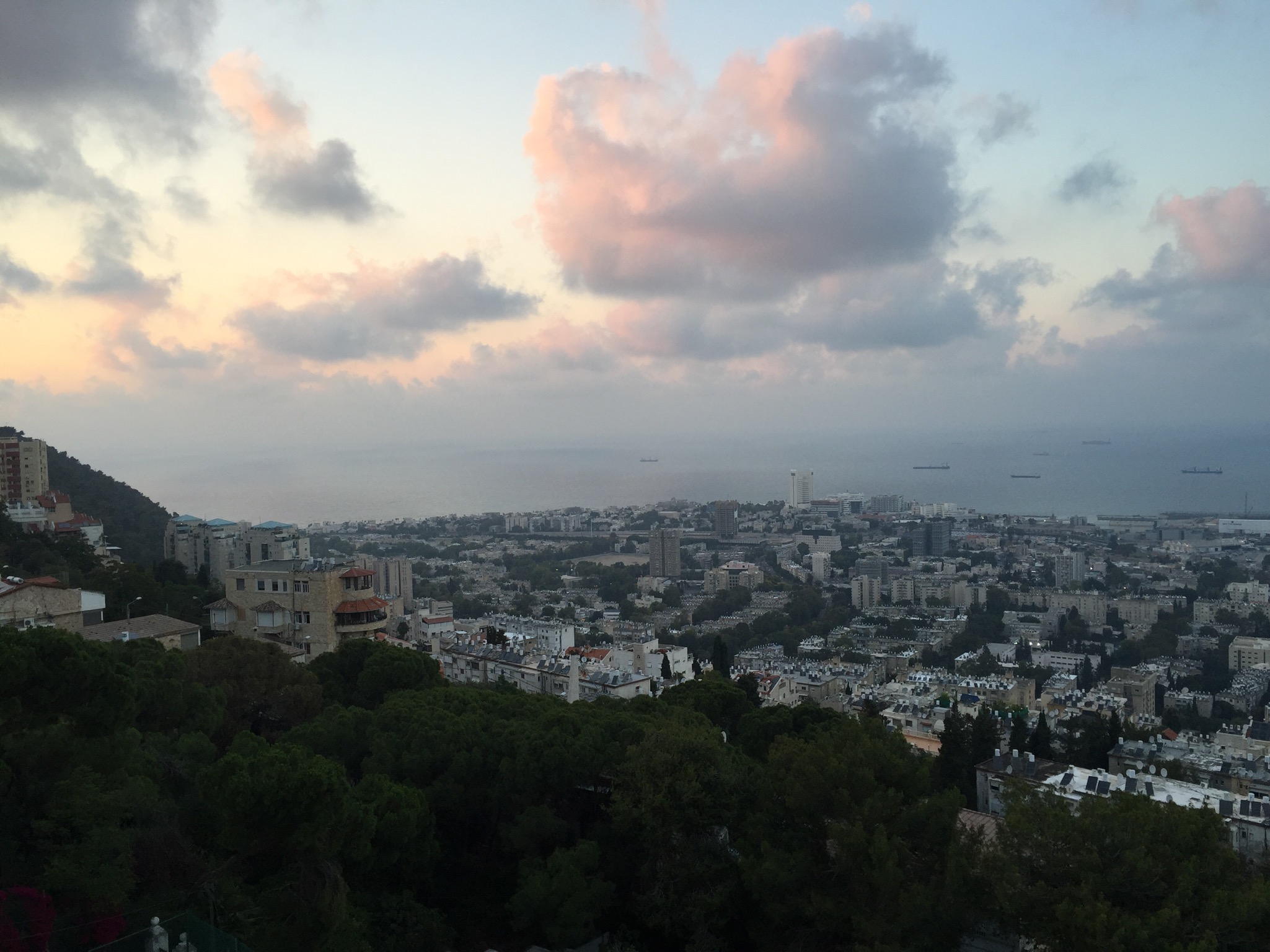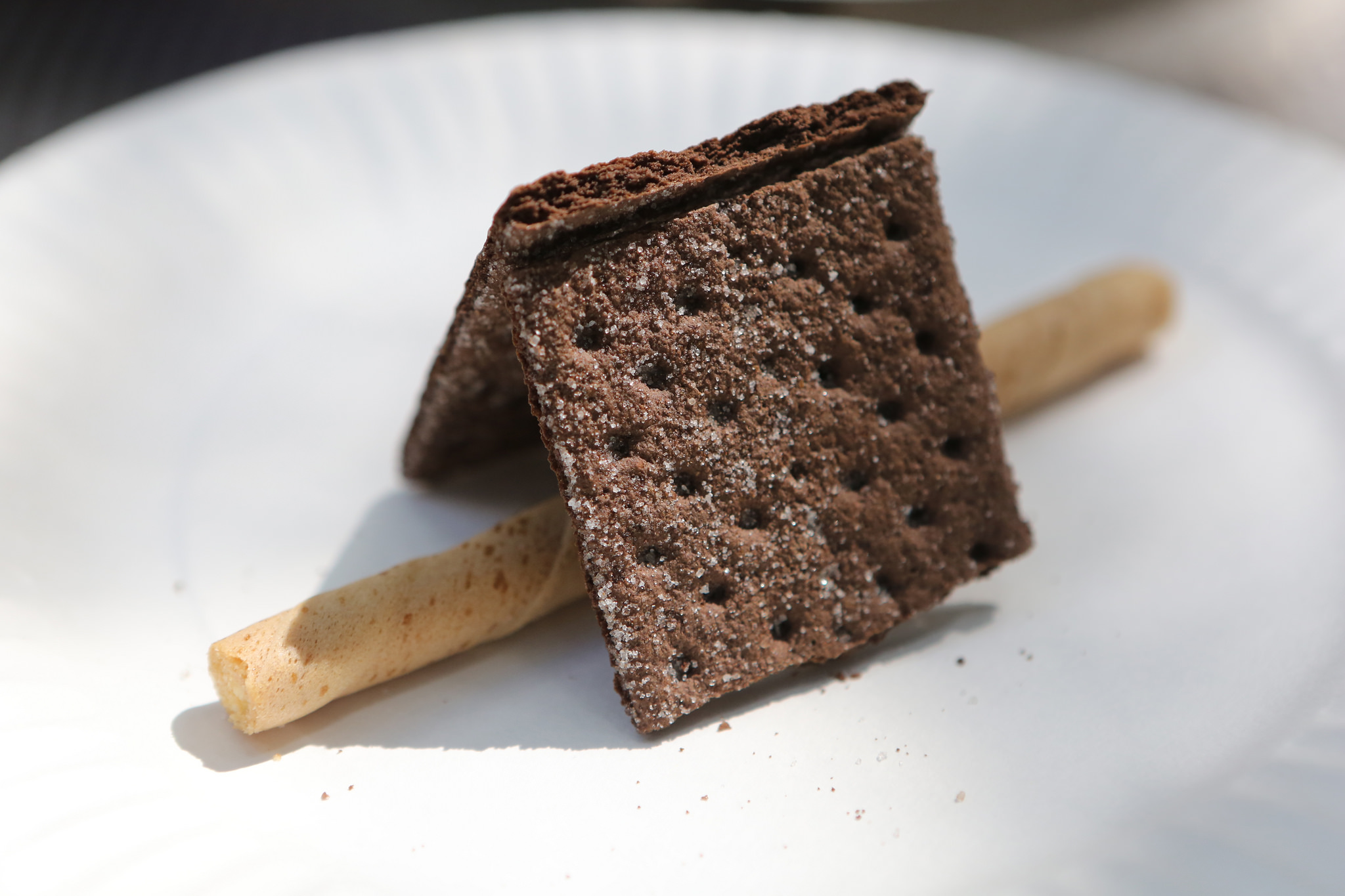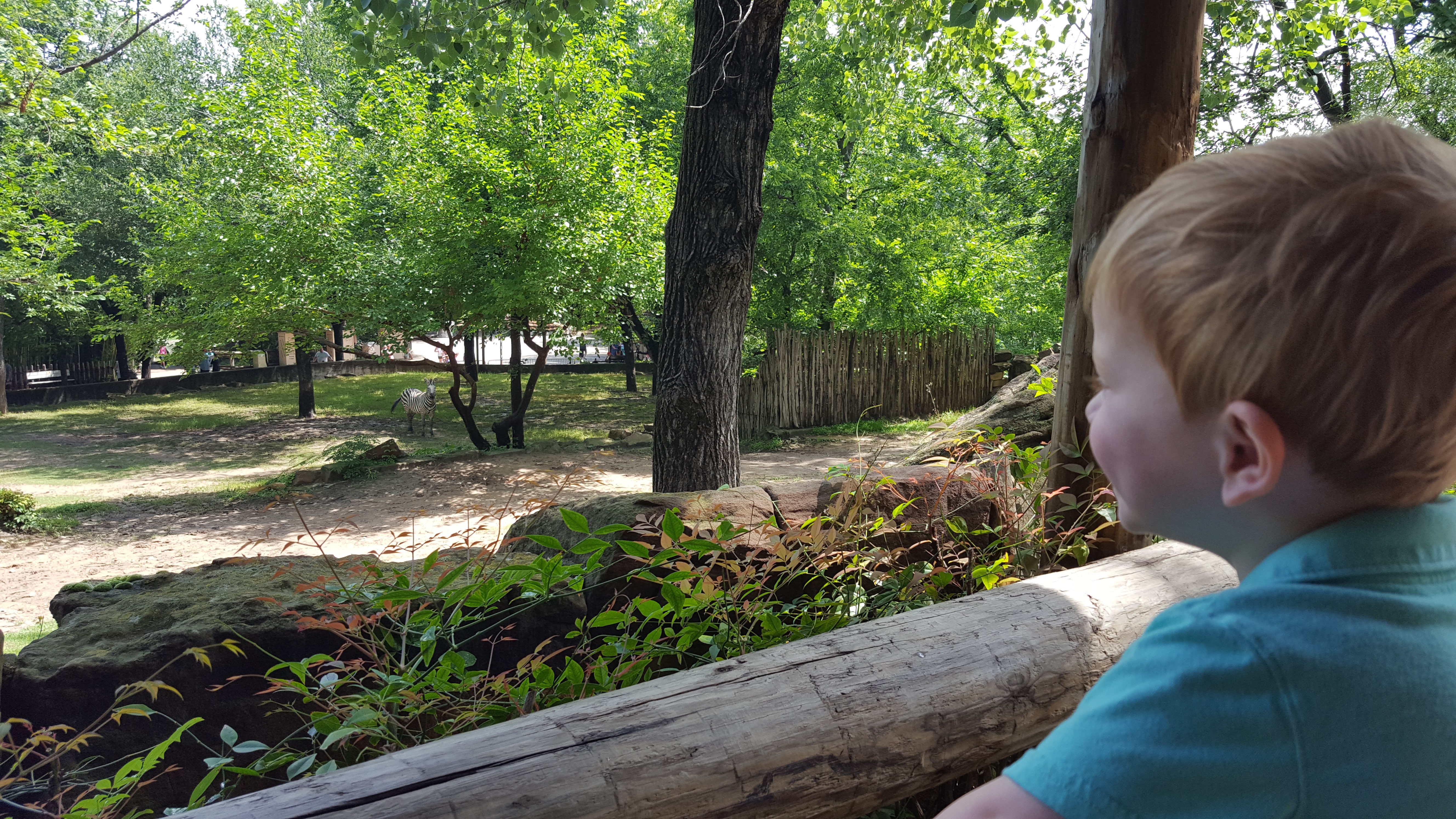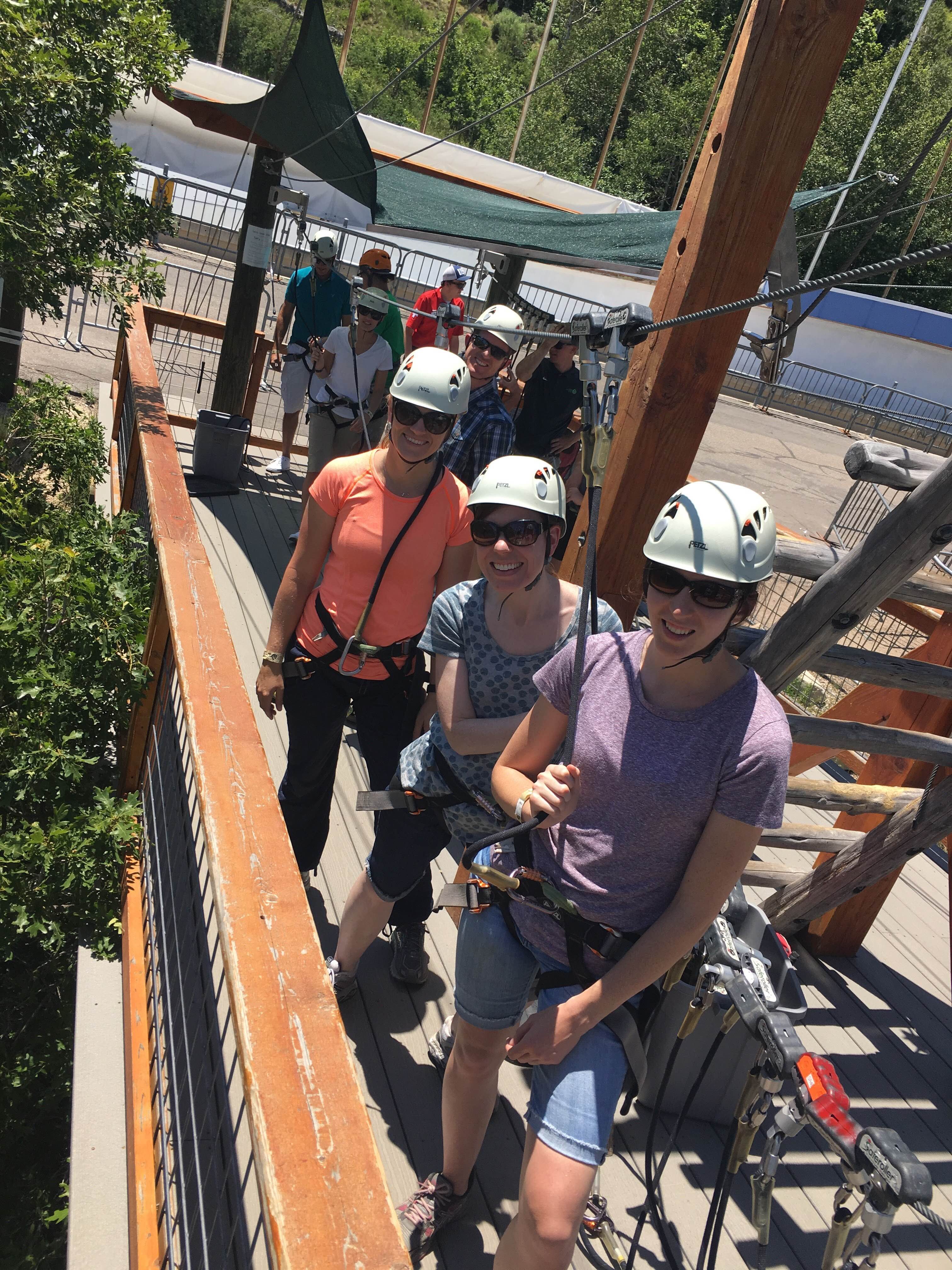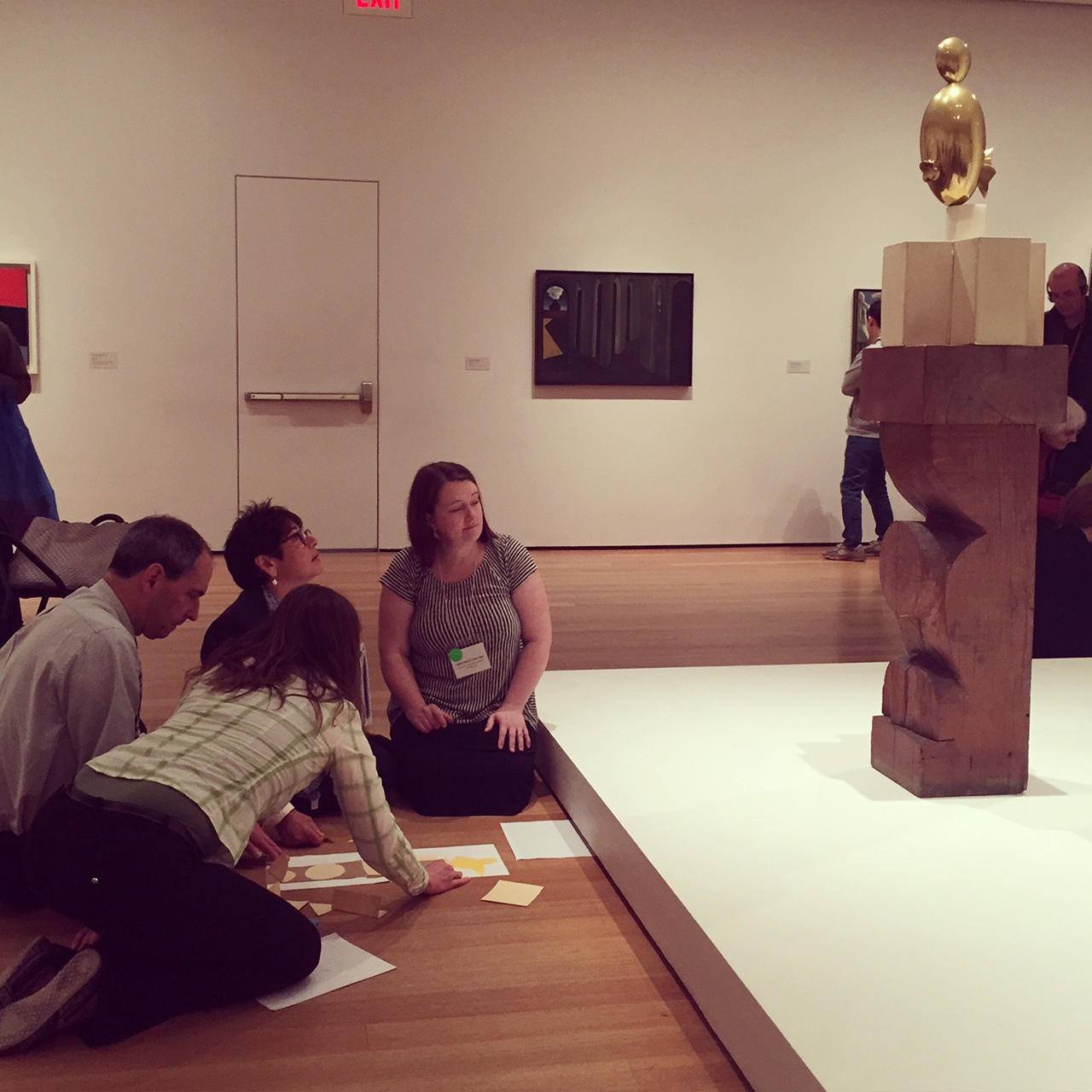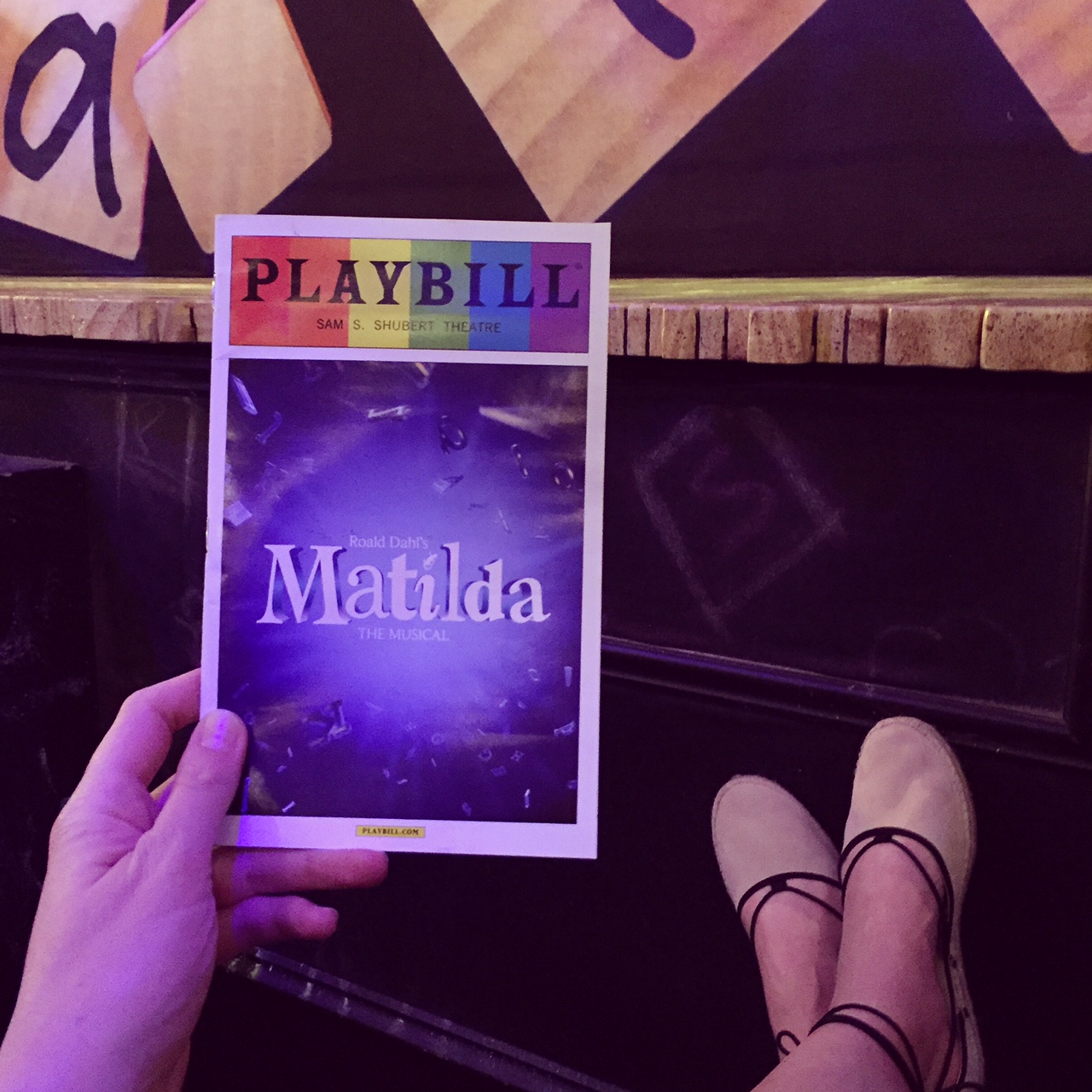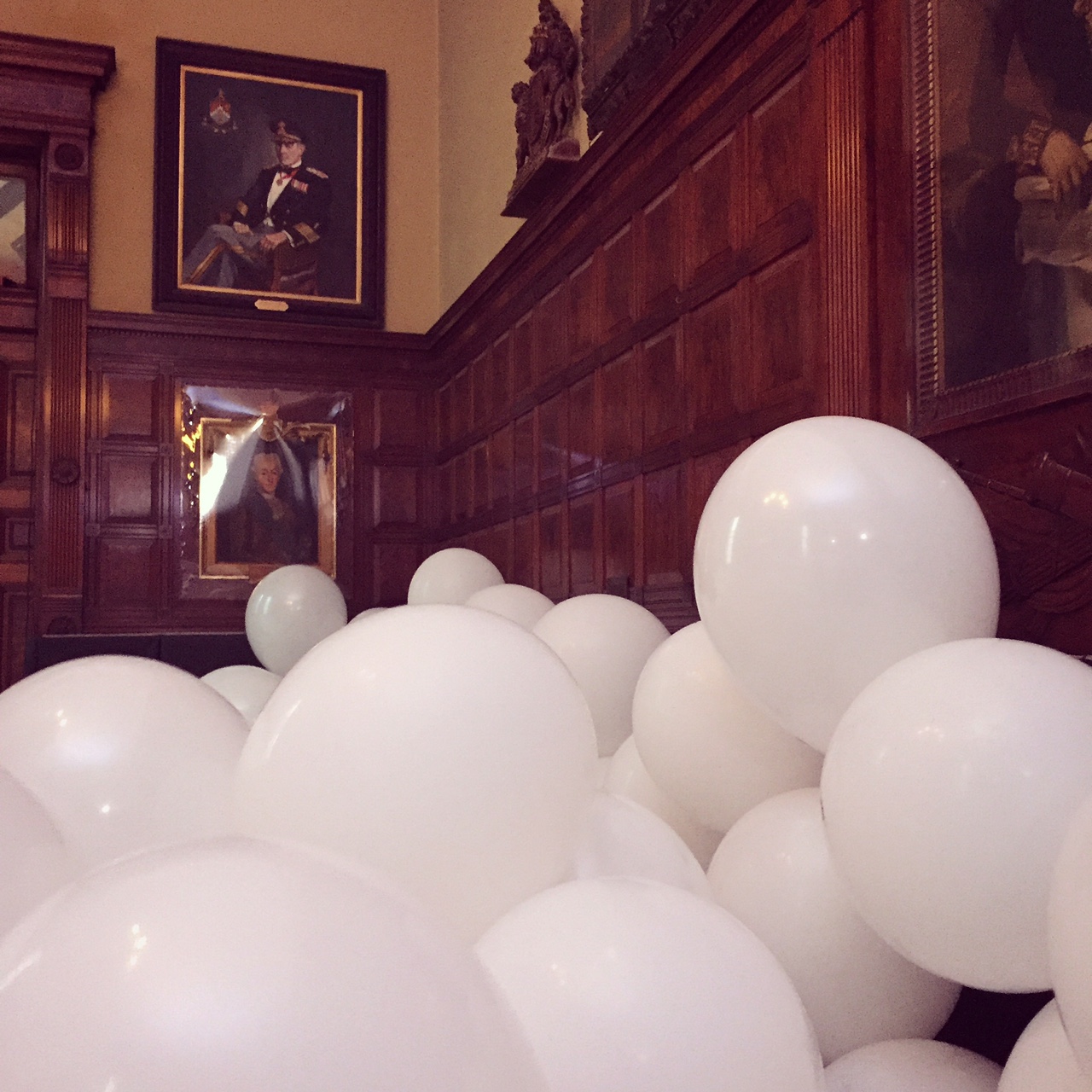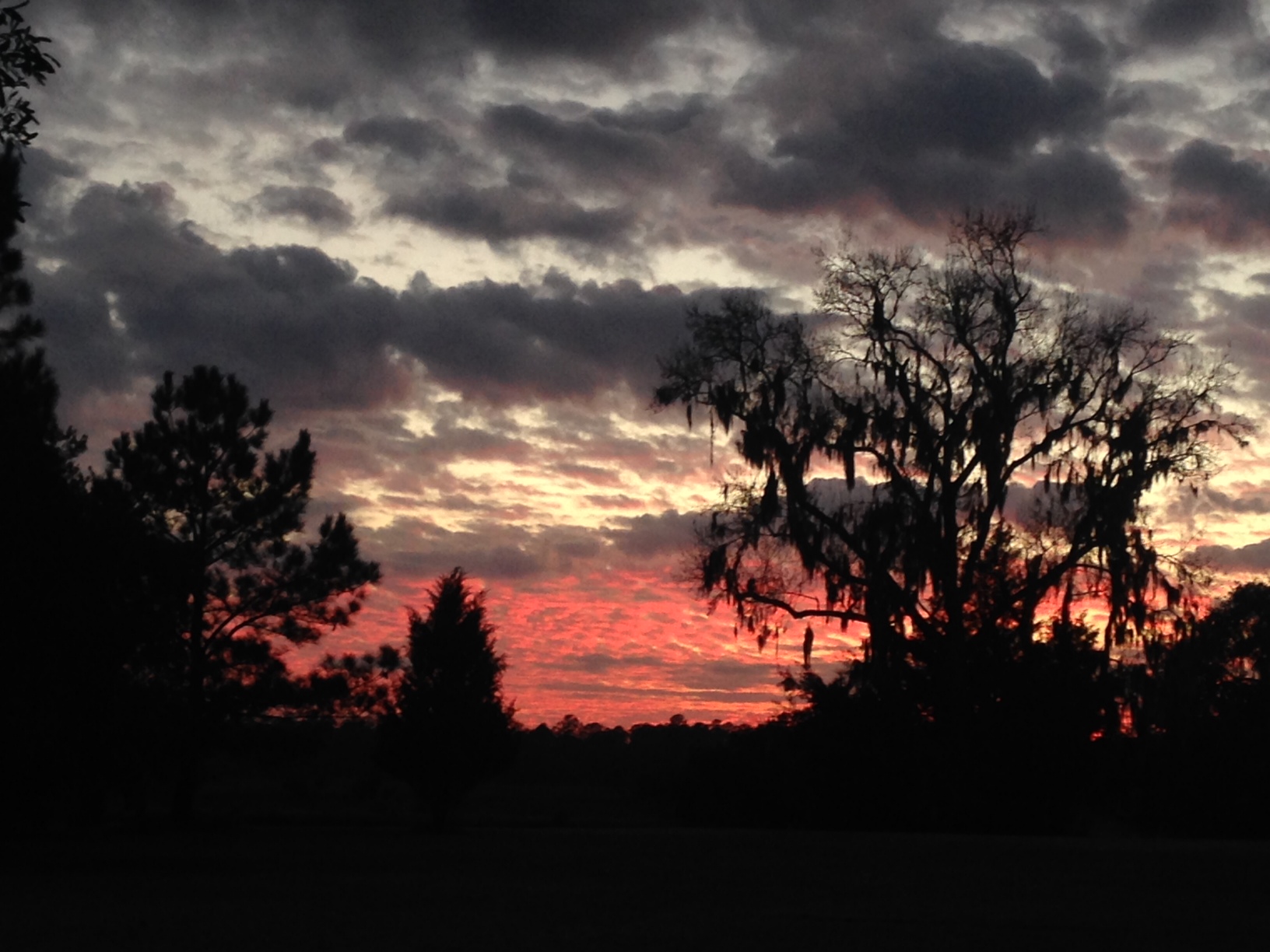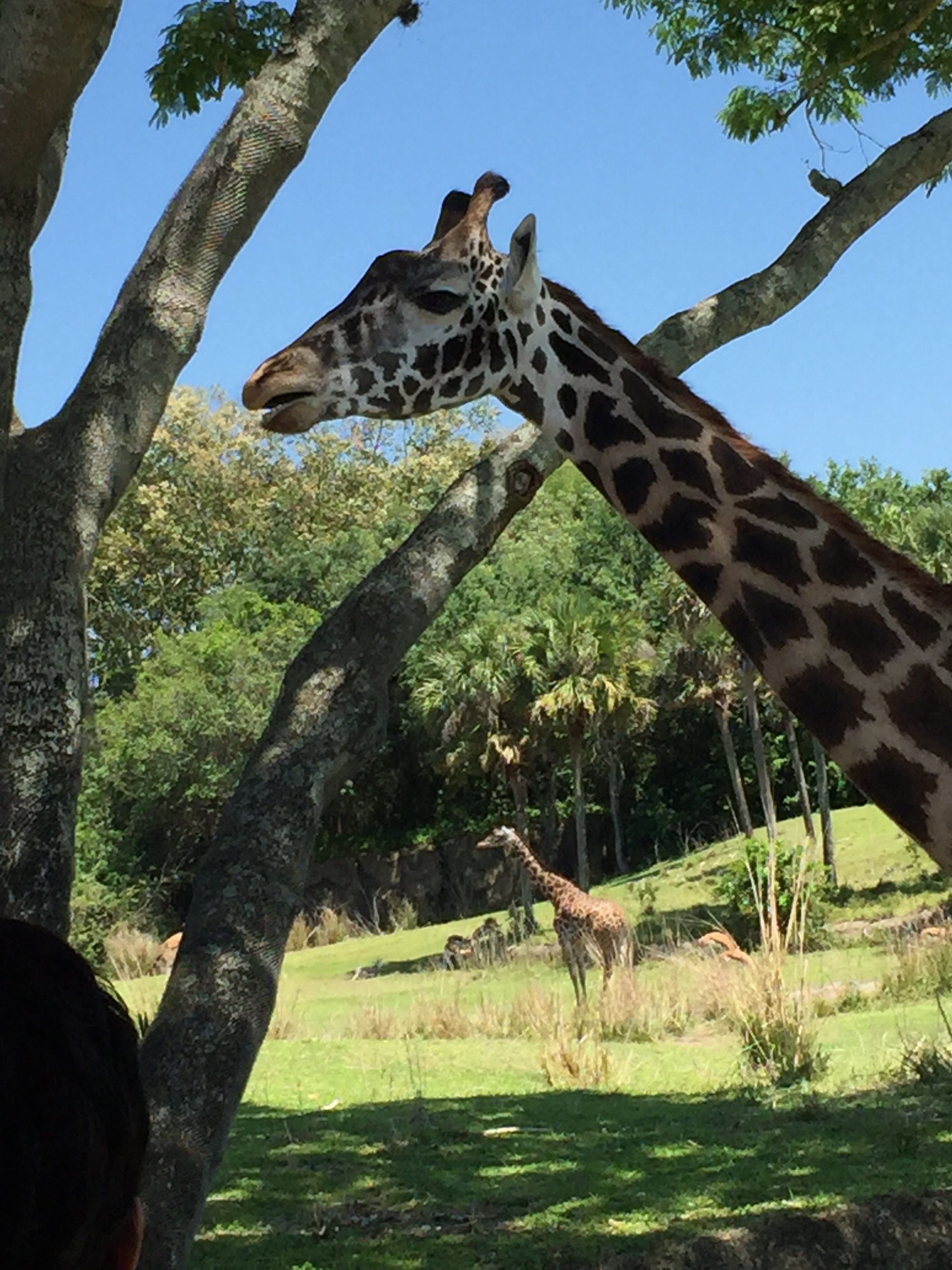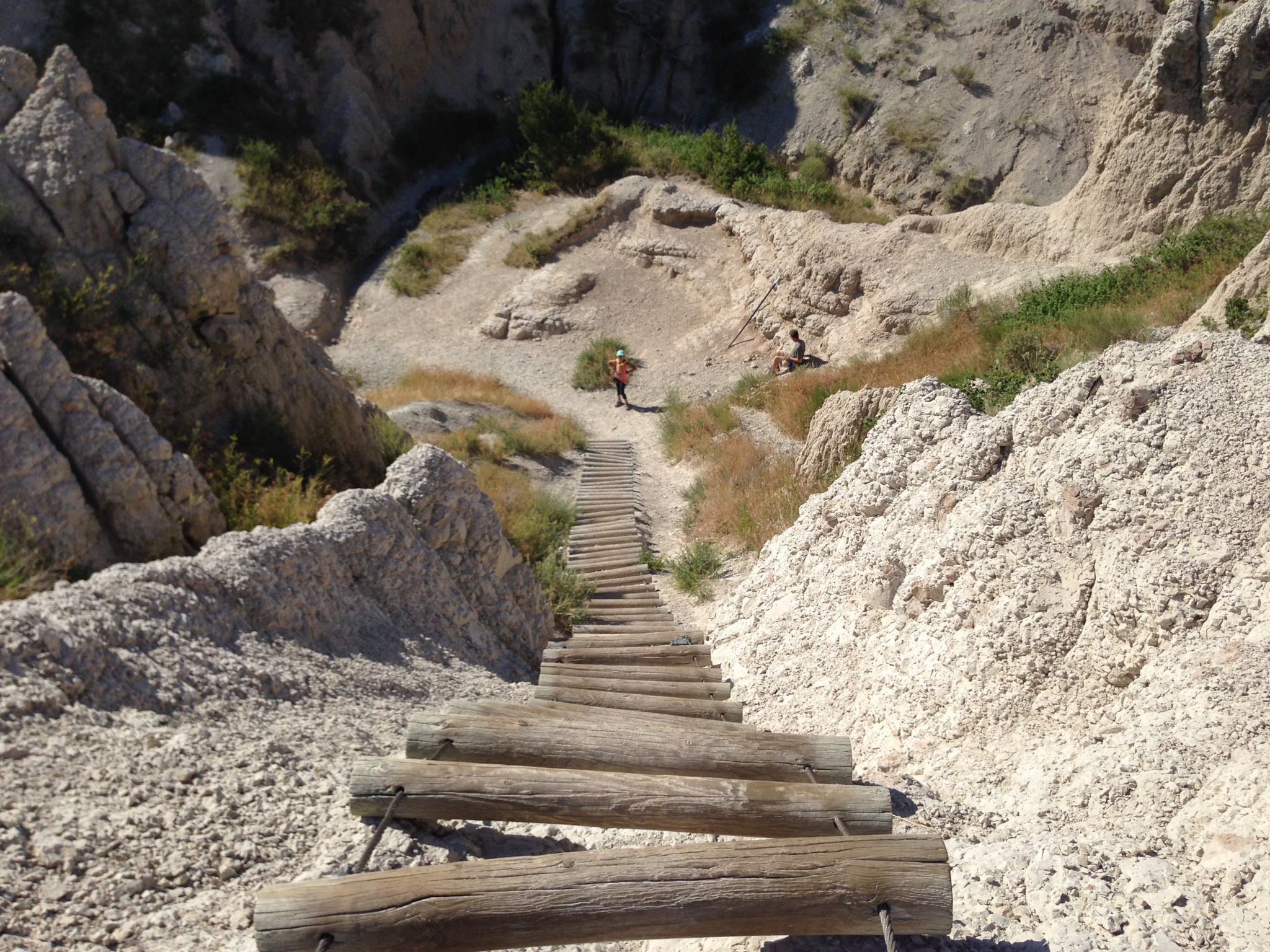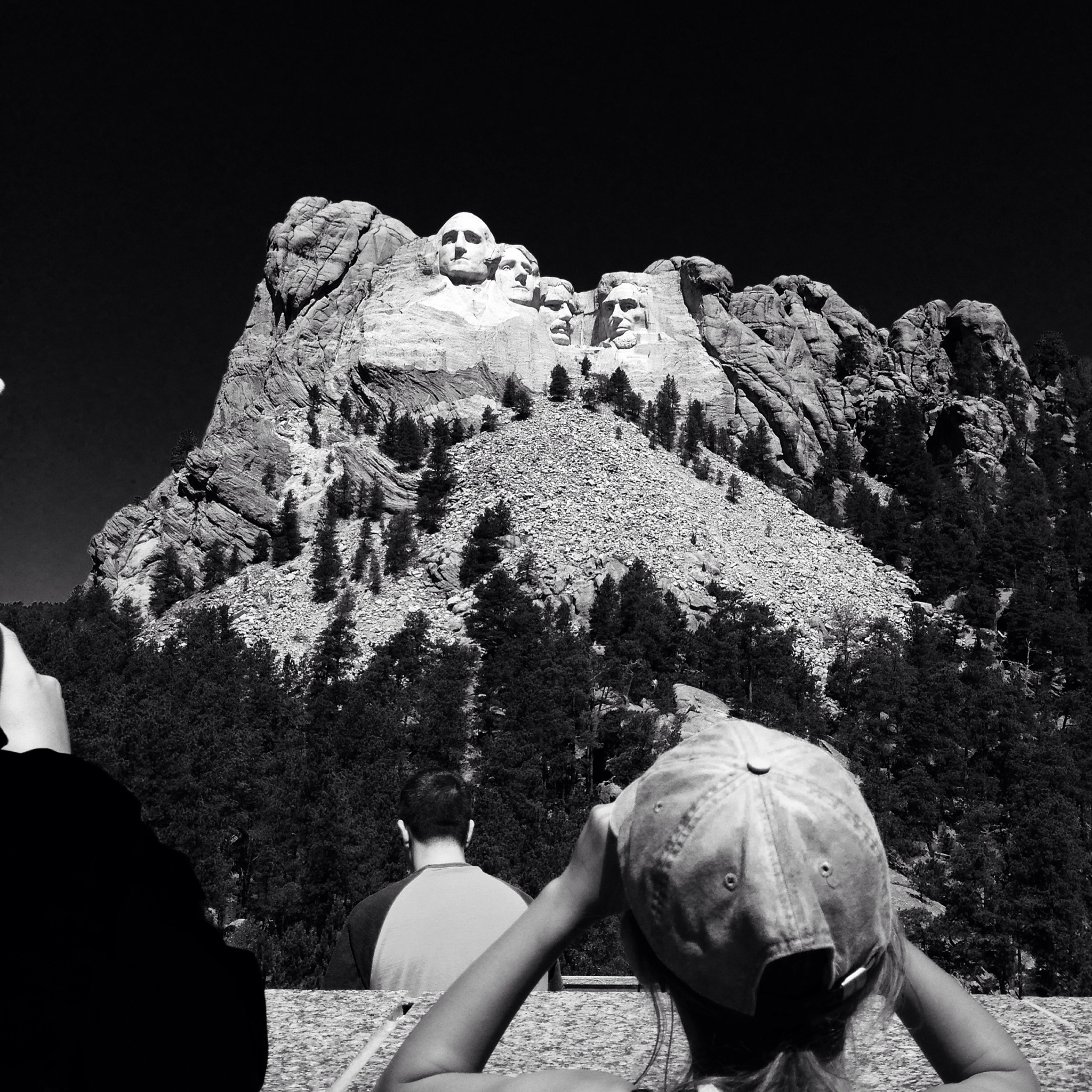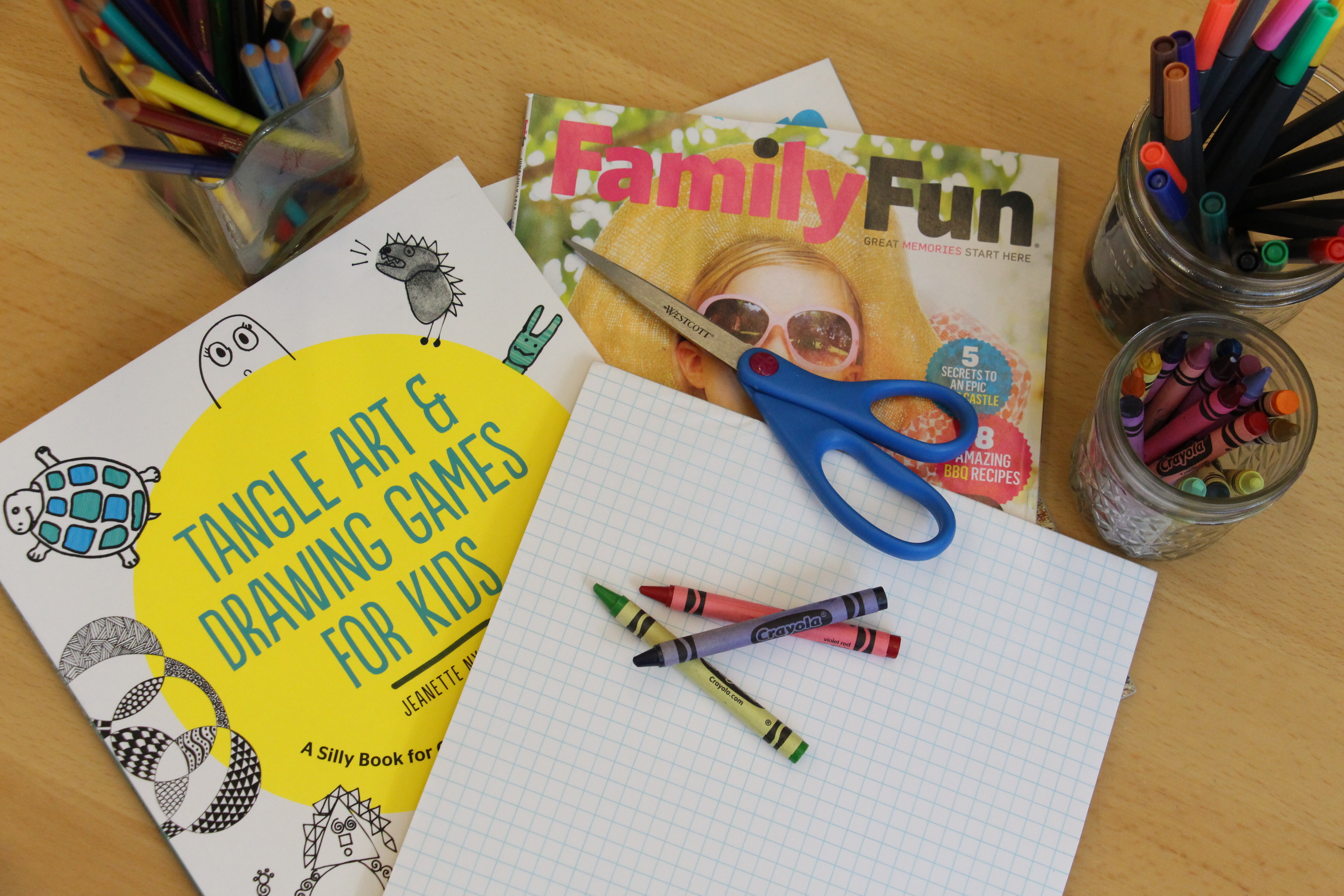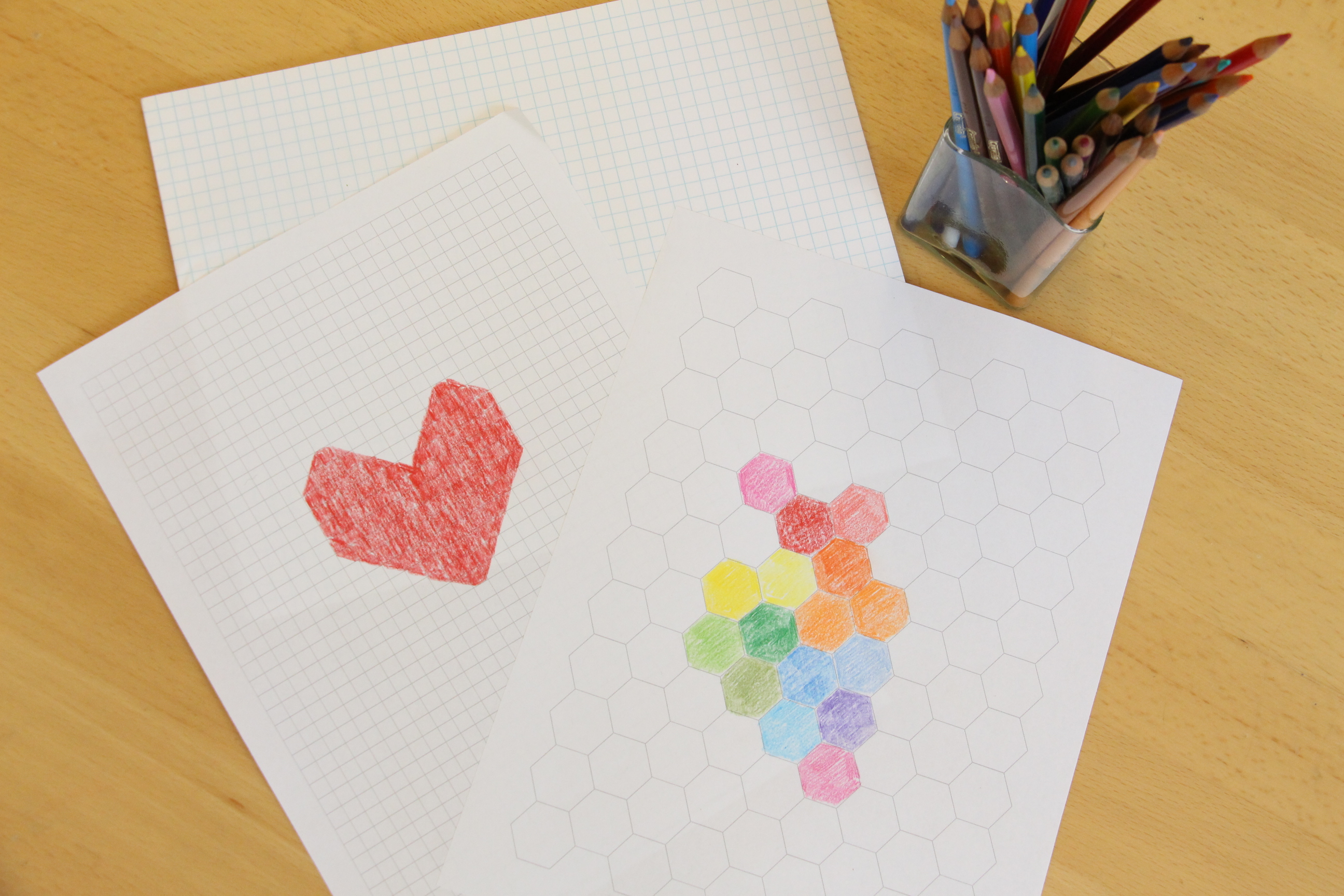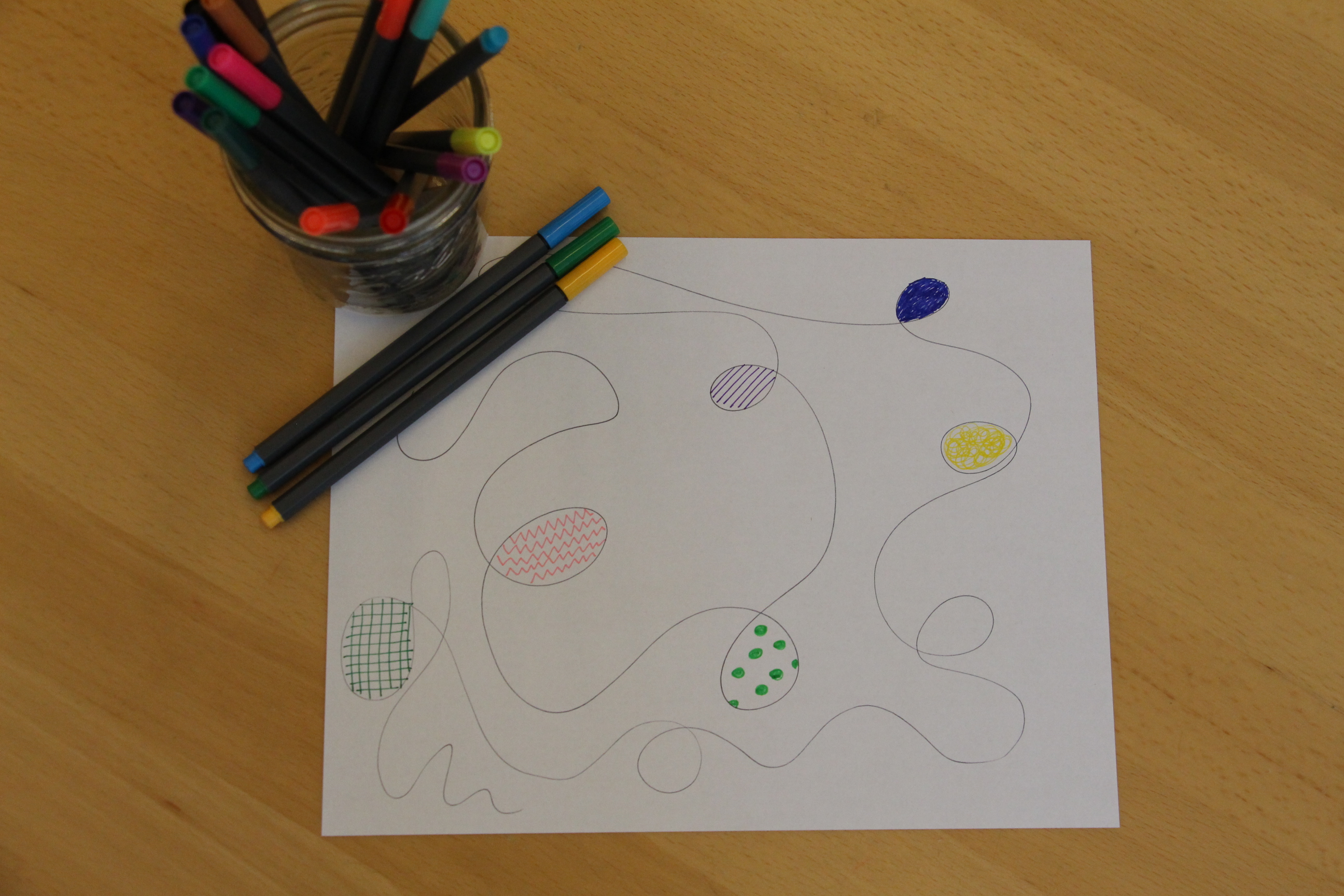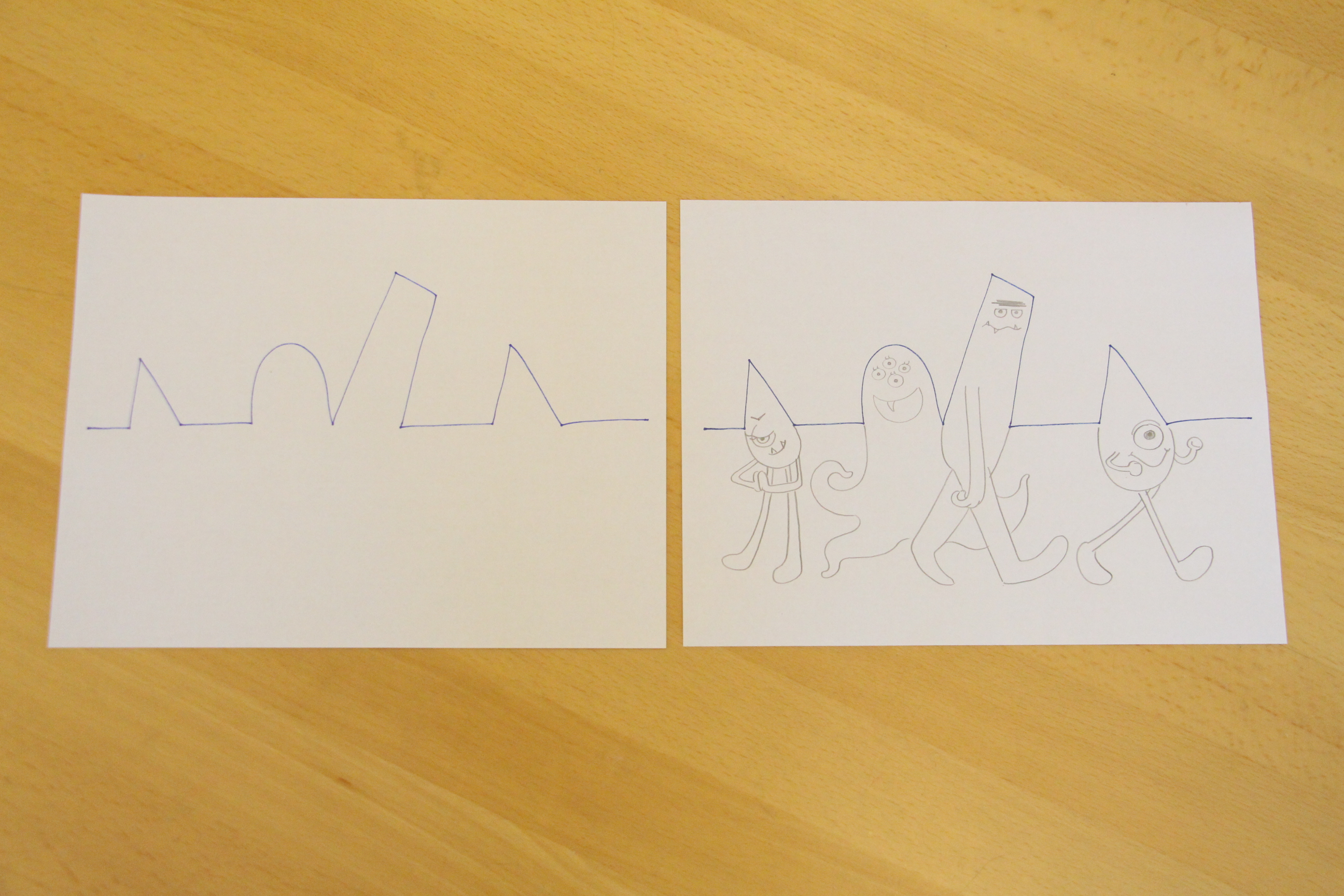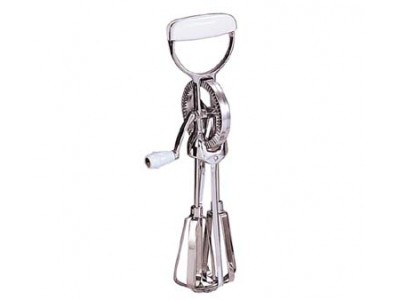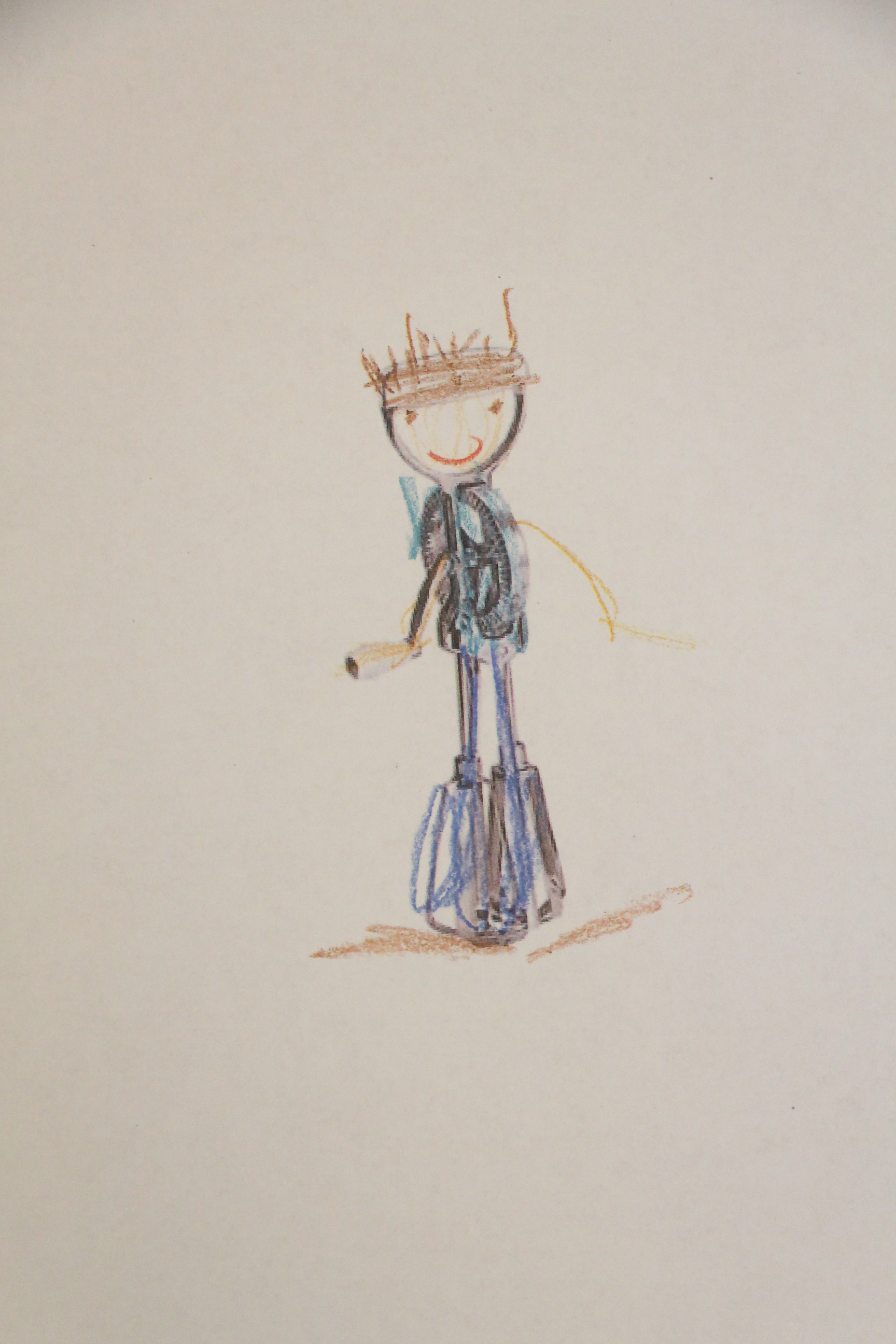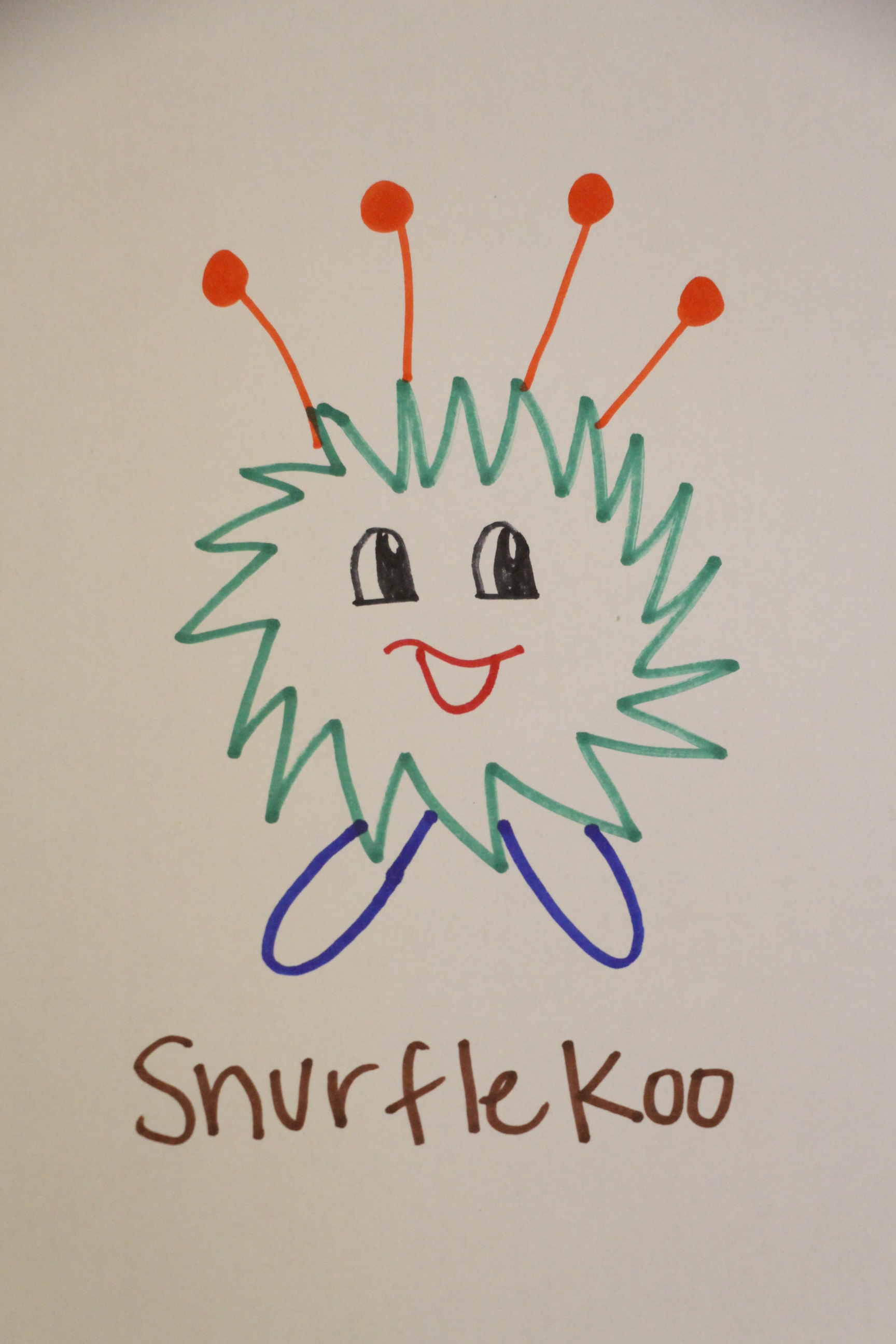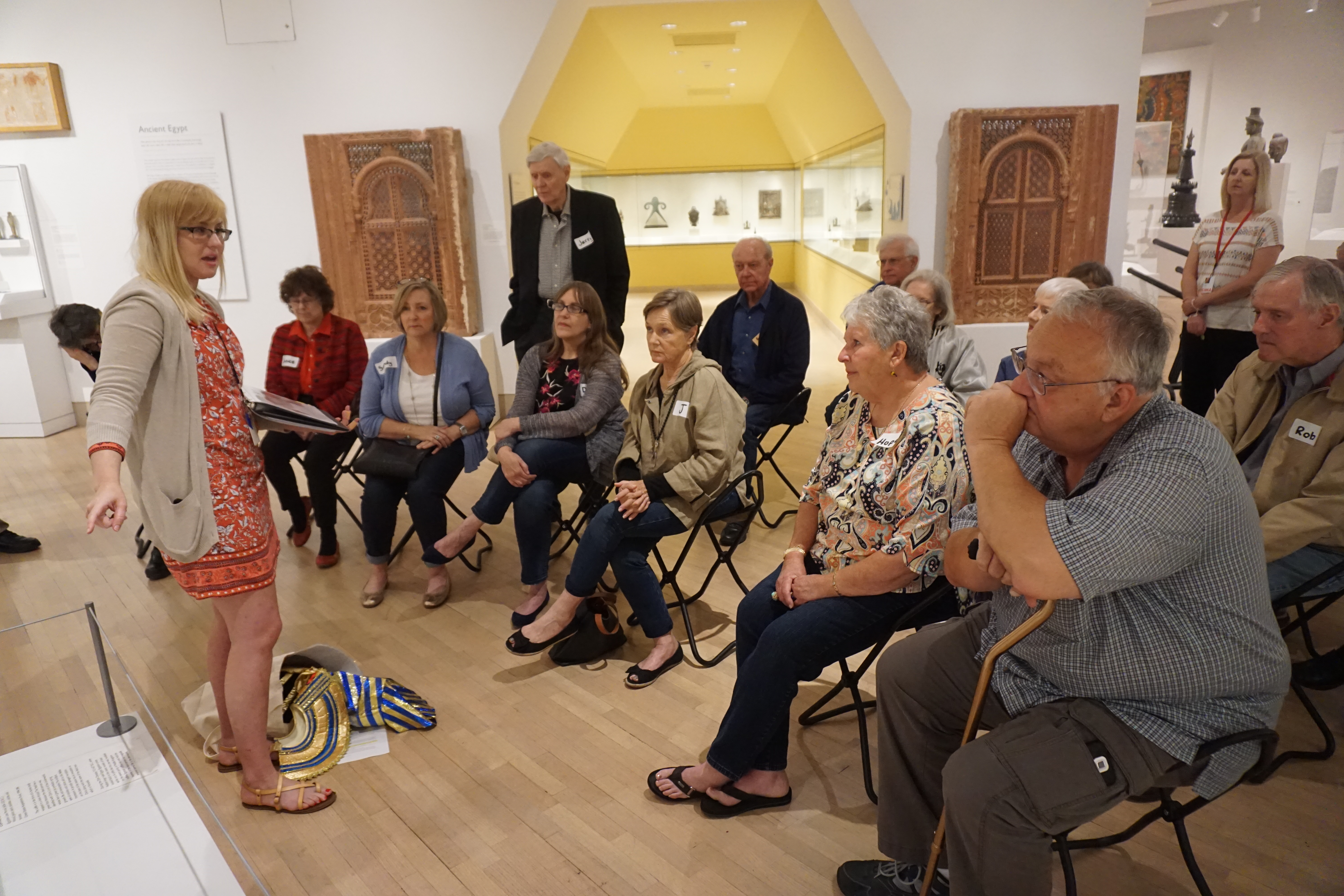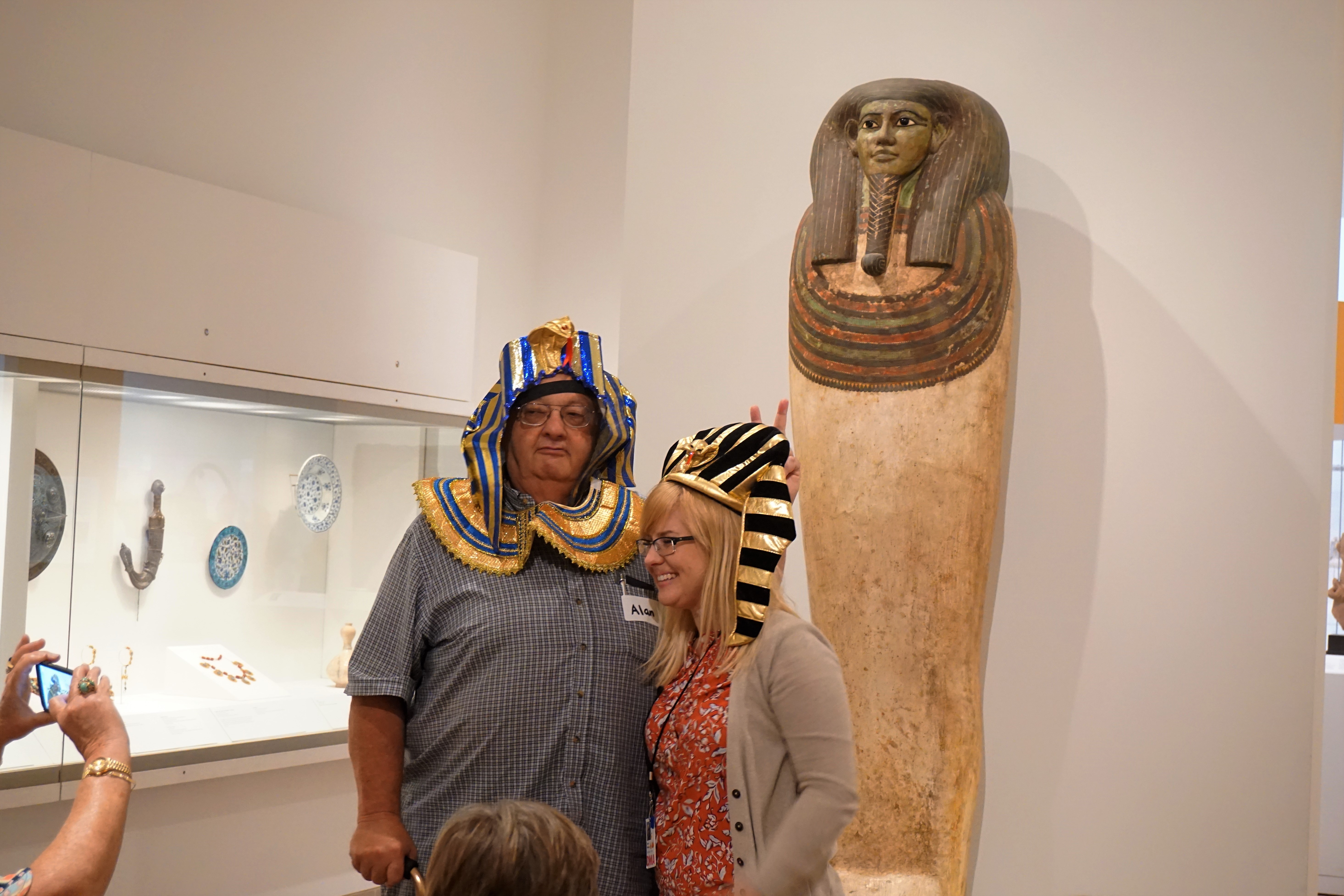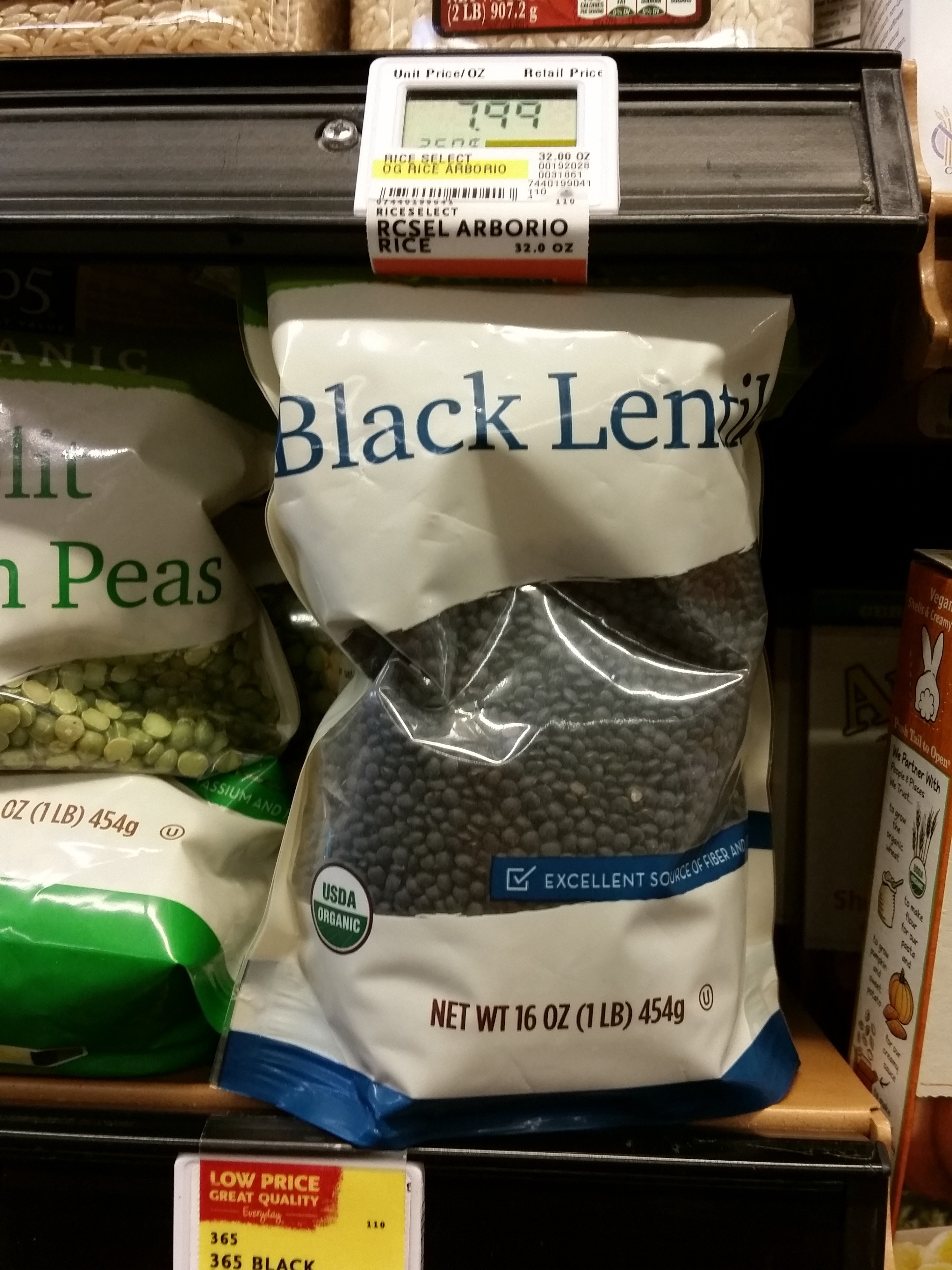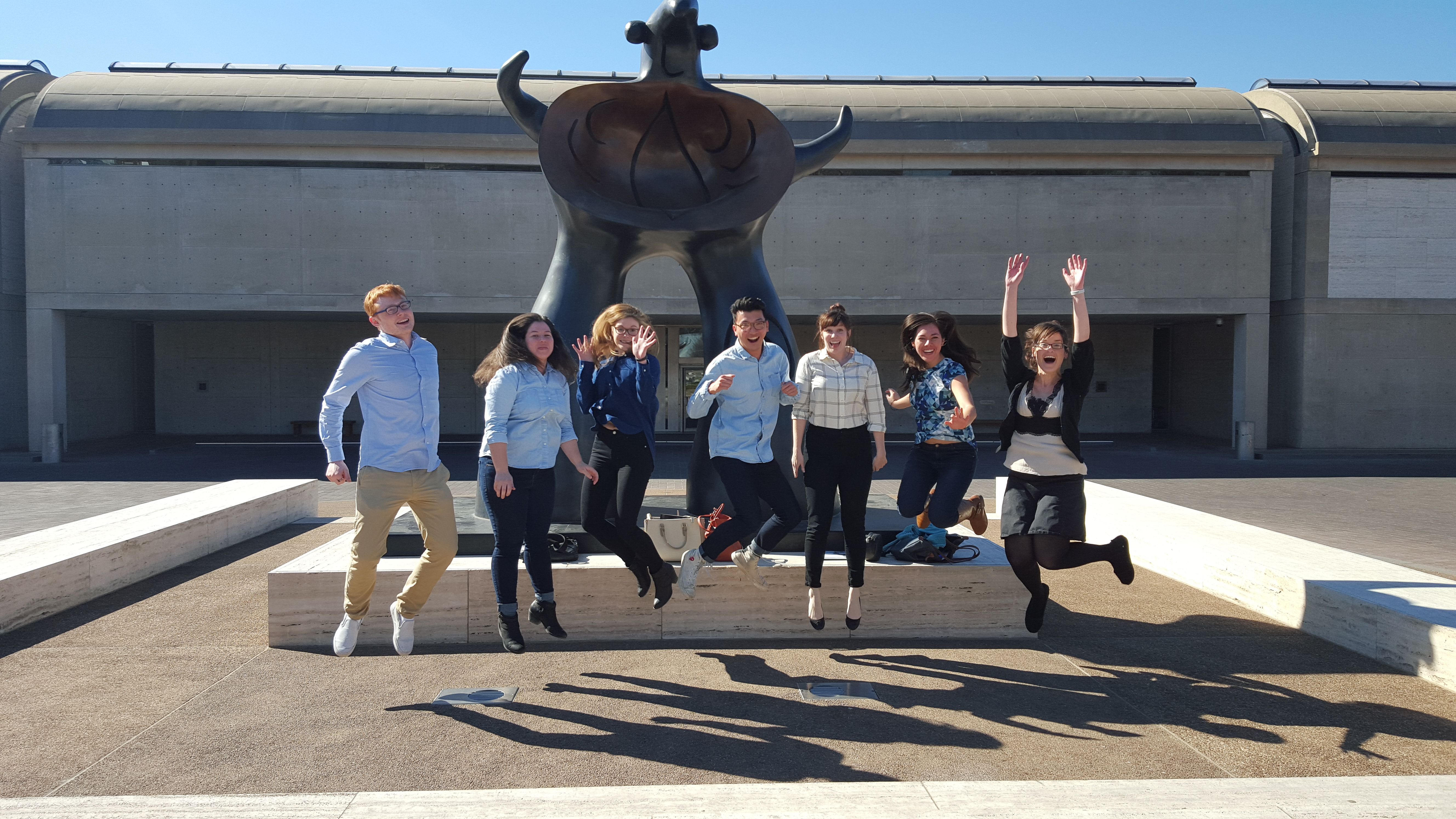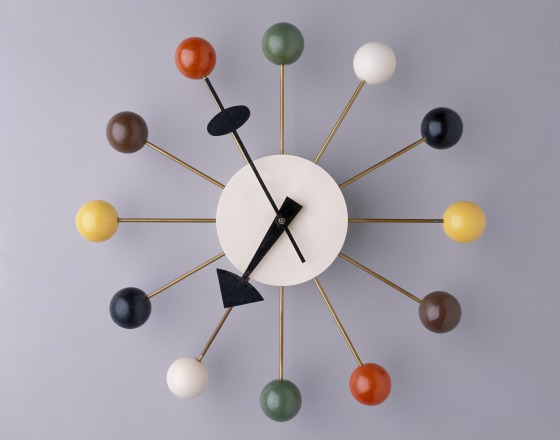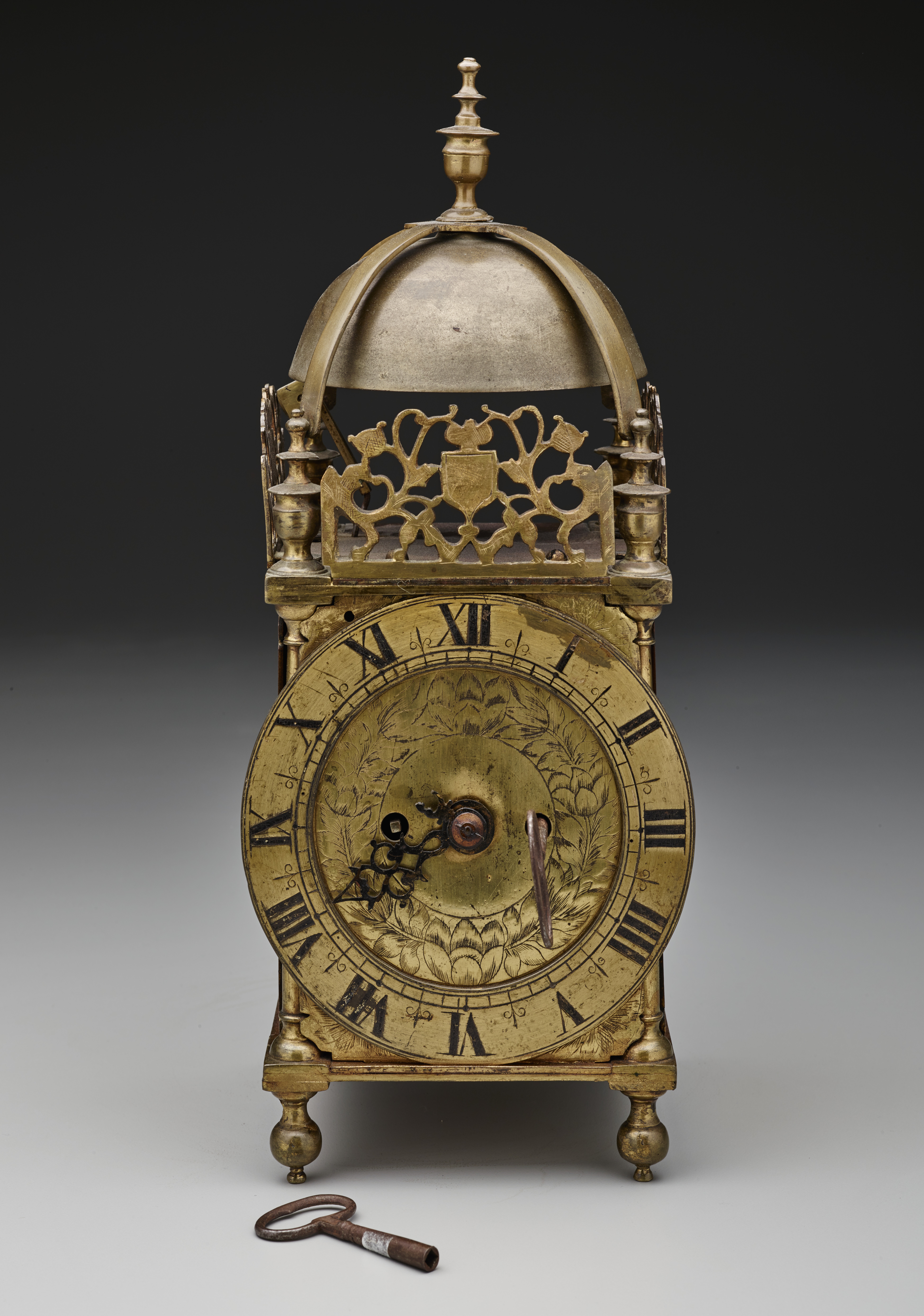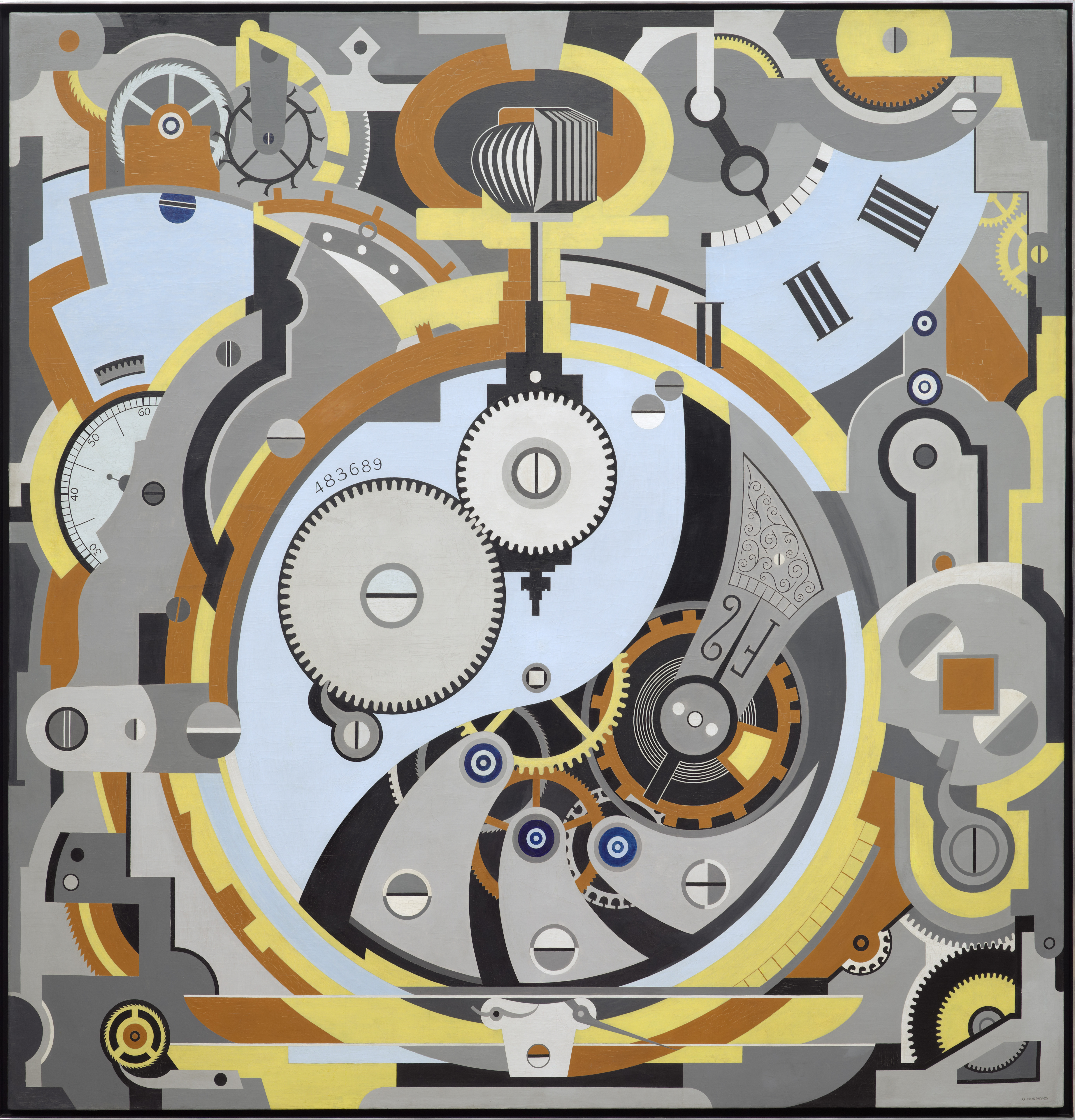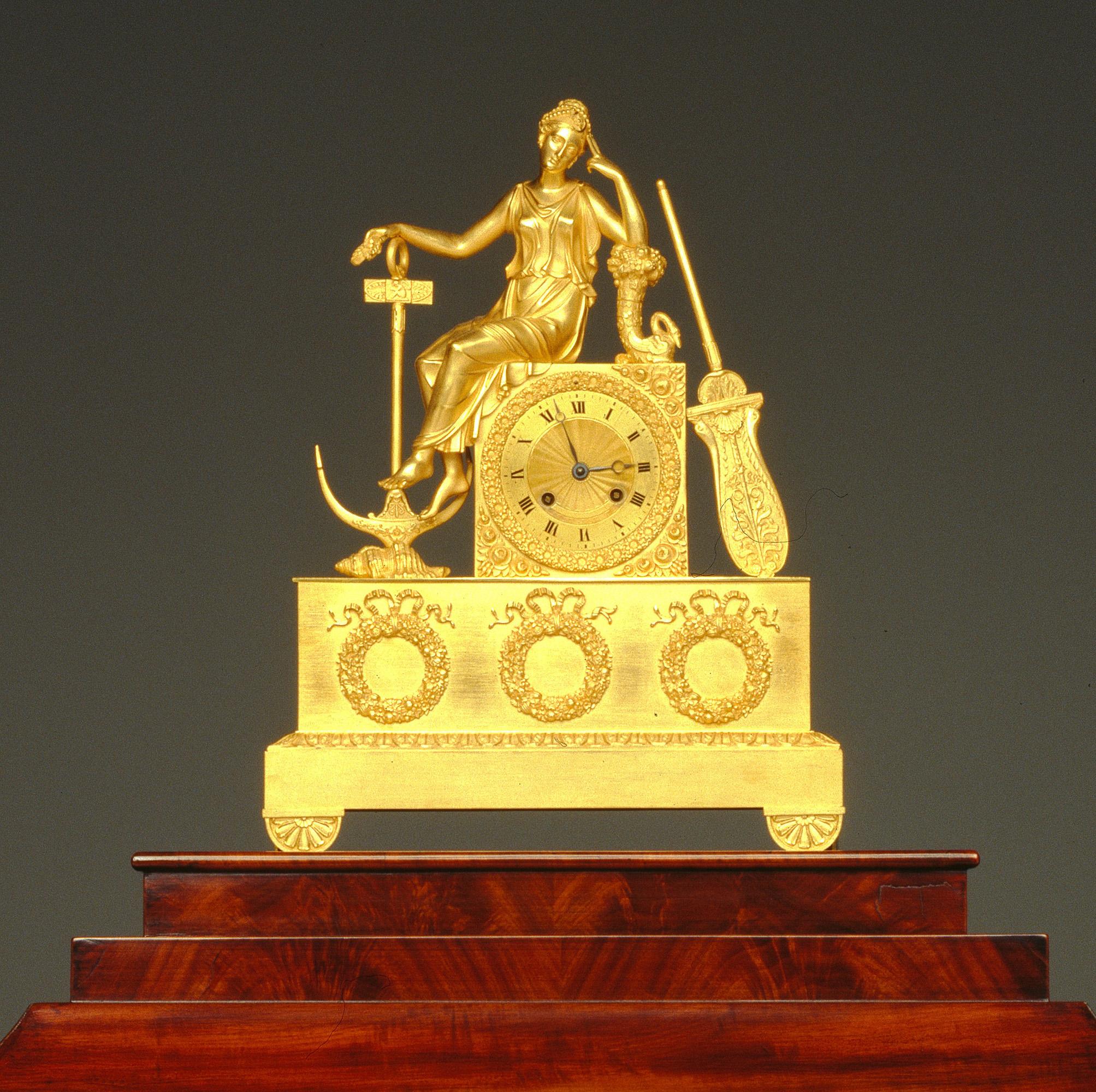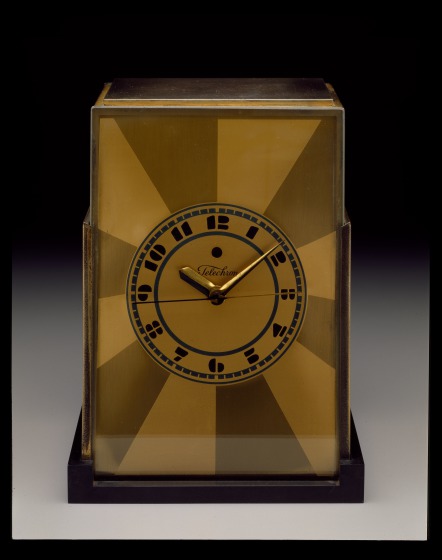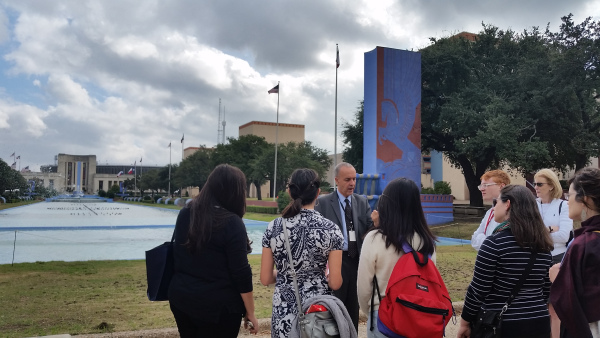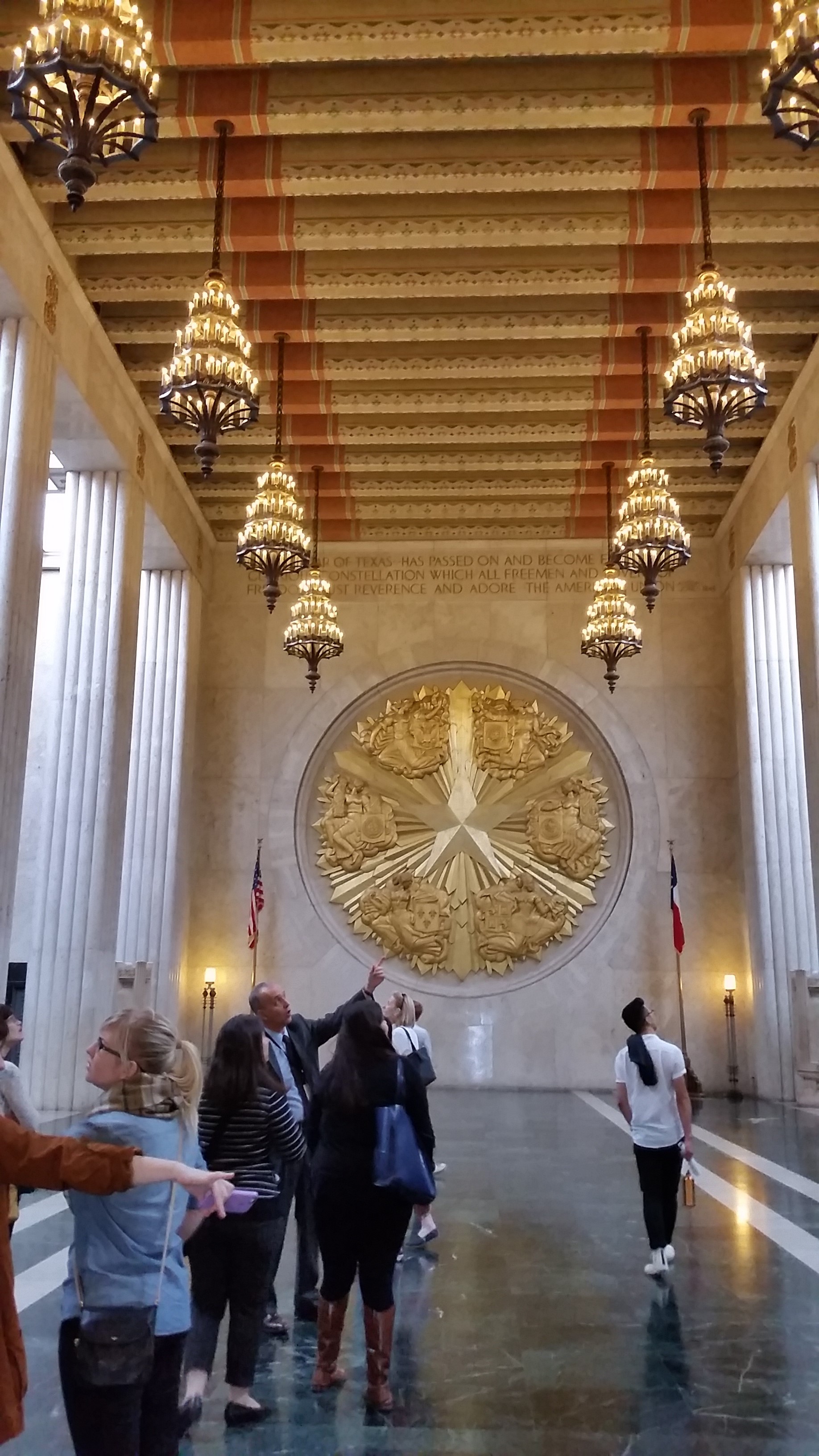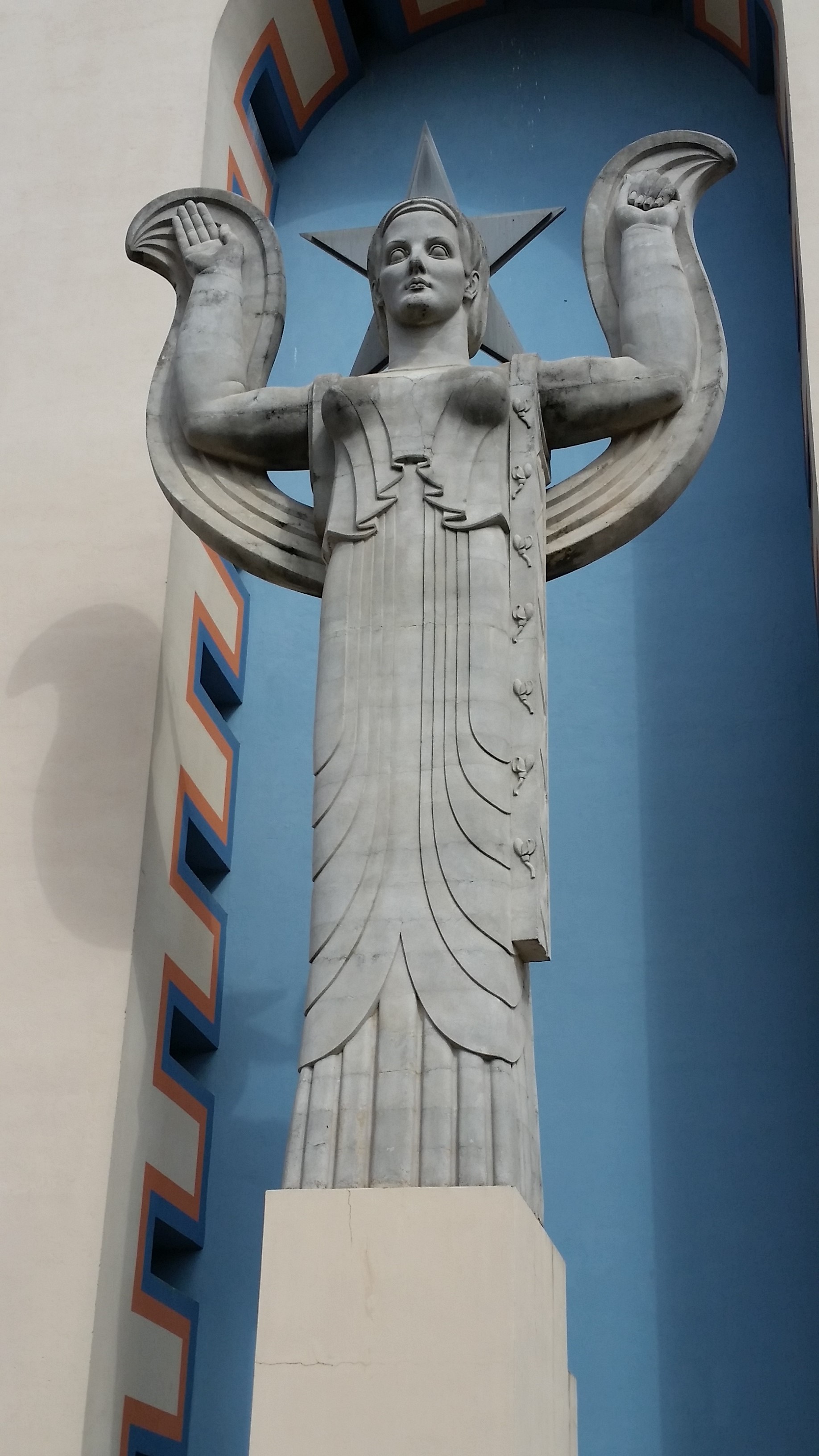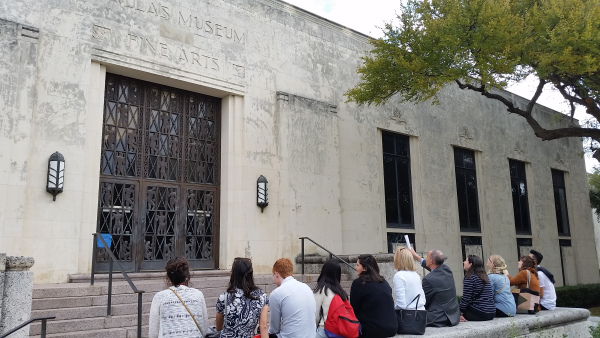Have you ever explored your own city as if you were a tourist? While the Dallas Museum of Art will always be my number #1 spot to spend time in the Metroplex, I thought I would share a few of my favorite places alongside works from the DMA’s collection. You might just discover a new hangout in your hometown!
Located right across the street from the DMA in Downtown Dallas, this amazing urban park is built over the Woodall Rodgers Freeway. Pick up something tasty from one of the many food trucks, take a stroll with your pup to My Best Friend’s Park, or enjoy free public programming ranging from dance classes to outdoor concerts and films. What I love most about Klyde Warren Park is how it serves as a gathering space for the community.
- Martha E. Keech, Baltimore, Maryland, “Album” quilt, c. 1861, Dallas Museum of Art, anonymous centennial gift
- Adolf Dehn, Lake in Central Park, 1947, Dallas Museum of Art, Foundation for the Arts Collection, gift of Mrs. Alfred L. Bromberg
- Lunch from the Nammi Truck
- Robert Philipp, In the Park, n.d., Dallas Museum of Art, Foundation for the Arts Collection, gift of Mrs. Alfred L. Bromberg
When I travel, one of my favorite things to do is visit the local market. Happily, the Dallas Farmers Market is one of my all-time favorites with seasonal fruits and veggies, local goodies, and fun events. Visit The Shed at the Dallas Farmers Market on Friday, Saturday, and Sunday to buy directly from farmers, ranchers, and artisans (if you’re lucky, you can also enjoy some samples!) The Market is open daily and offers local specialty foods and artisanal vendors. Where else can you pick up locally grown produce, honor Texas music with a Willie Waylon George & Beyonce t-shirt, and take a wine and cheese appreciation class?
- “Cabbage” tureen and cover, sceaux factory (French, Born 1748), c. 1755
- Gulf oysters from Rex’s Fresh Seafood in The Market
- Adolphe Monticelli, Still Life with Sardines and Sea-Urchins, 1880–1882, Dallas Museum of Art, The Wendy and Emery Reves Collection
- Vendors inside The Shed
- The Market
- Isabel Bishop, Snack Bar, 1959, Dallas Museum of Art, Johnette Atkins Walp Memorial Fund
- Gustave Courbet, Still Life with Apples, Pear, and Pomegranates, 1871 or 1872, Dallas Museum of Art, The Wendy and Emery Reves Collection
- Homemade pickled garlic
- Goodies at Lone Chimney Mercantile
I might be in hot water with my colleagues for revealing our favorite lunch spot, but Chicken Scratch is too good to miss! The fried chicken, biscuits, and coconut waffles are all a special treat (we’ve contemplated, but never ordered their big salad bowls…we’ll try them next time…maybe), and the design of the space is comfy and eclectic: shipping containers delineate the boundary of the patio and a stage made out of reused pallets created by Gary Buckner of Stash Design sits outside of The Foundry, the laid-back bar next to Chicken Scratch. Definitely give Chicken Scratch a try – just be sure to leave us a table!
- Otis Dozier, Cactus and Crow,1947, Dallas Museum of Art, Ted Dealey Prize, Eighteenth Annual Dallas Allied Arts Exhibition, 1947
- Fried-chicken and coconut waffles
- Napkin ring in the shape of a chicken, c. 1930, Dallas Museum of Art, the Patsy Lacy Griffith Collection, bequest of Patsy Lacy Griffith
- Lovely cacti on the patio
- Janet E. Turner, Chickens, c. 1948, Dallas Museum of Art, Richard H. McLarry Prize, 2nd Southwestern Exhibition of Prints and Drawings, 1949
- The FAST team enjoying lunch
As we move into the new year, I’m looking forward to visiting old favorites and playing tourist while exploring more of the Metroplex. What are your favorite places to visit in DFW?
Lindsay O’Connor
Manager of Docent and Teacher Programs
